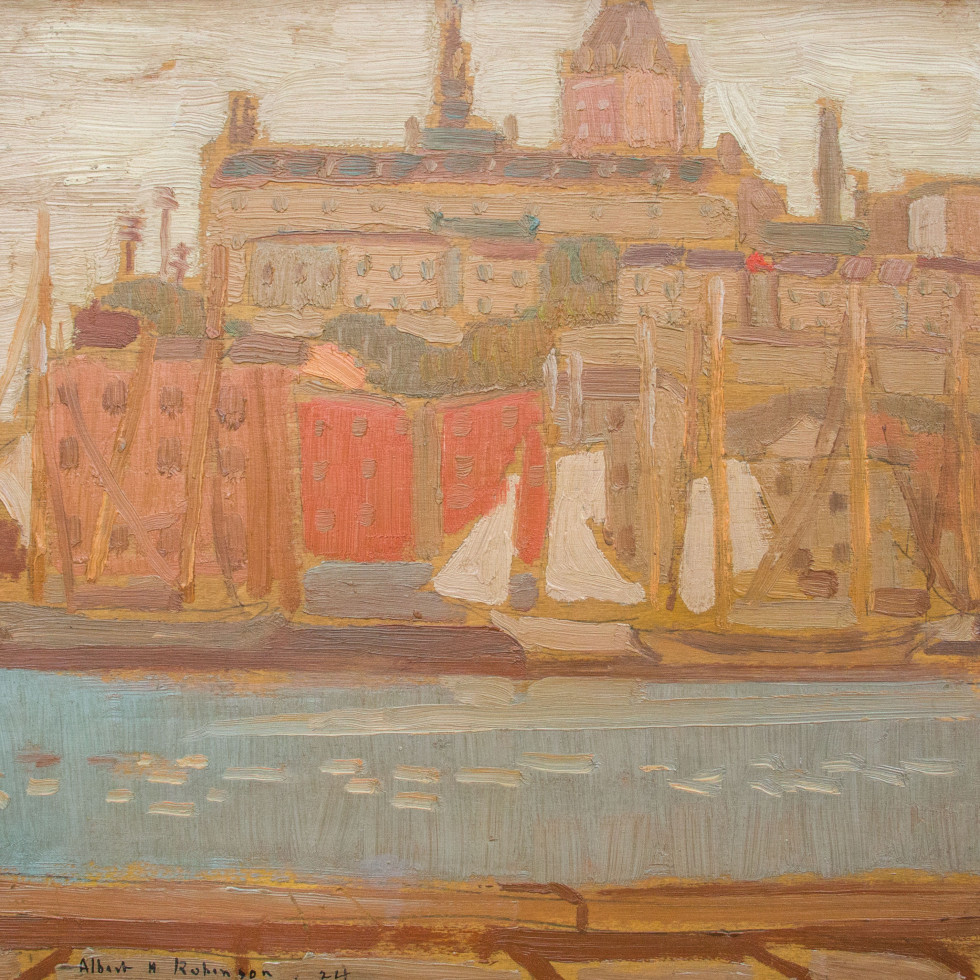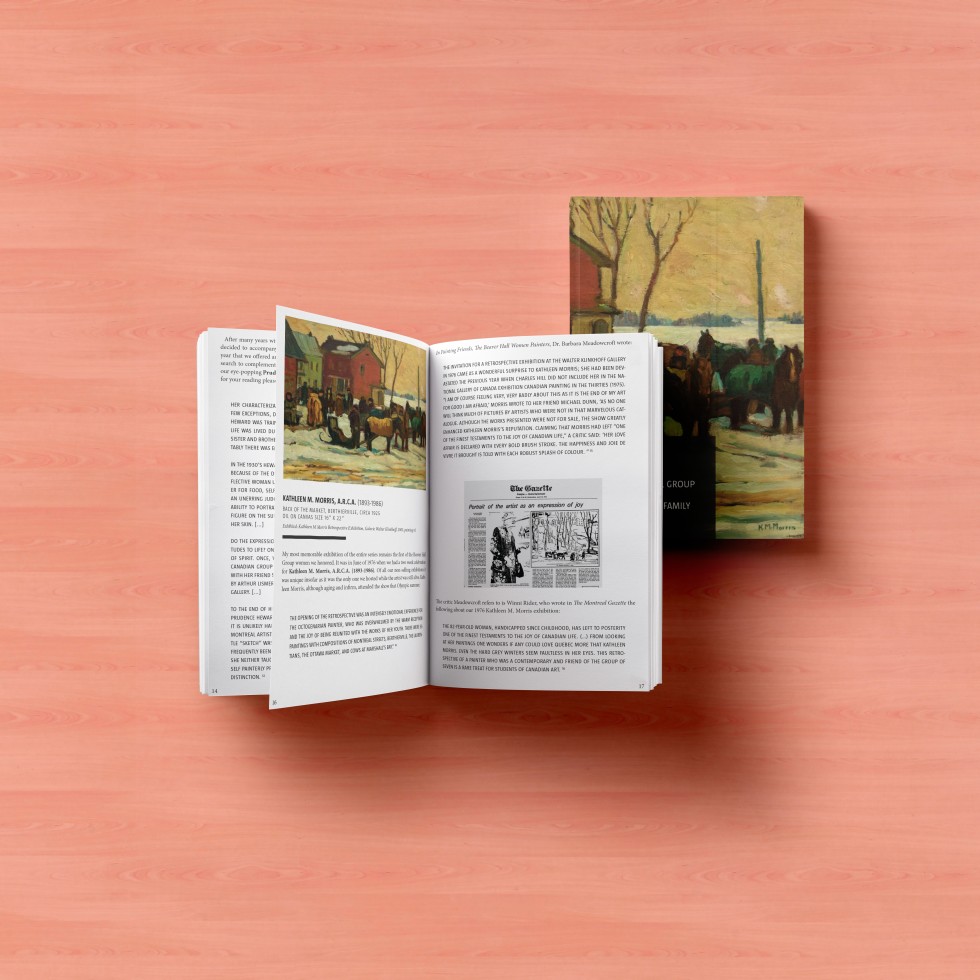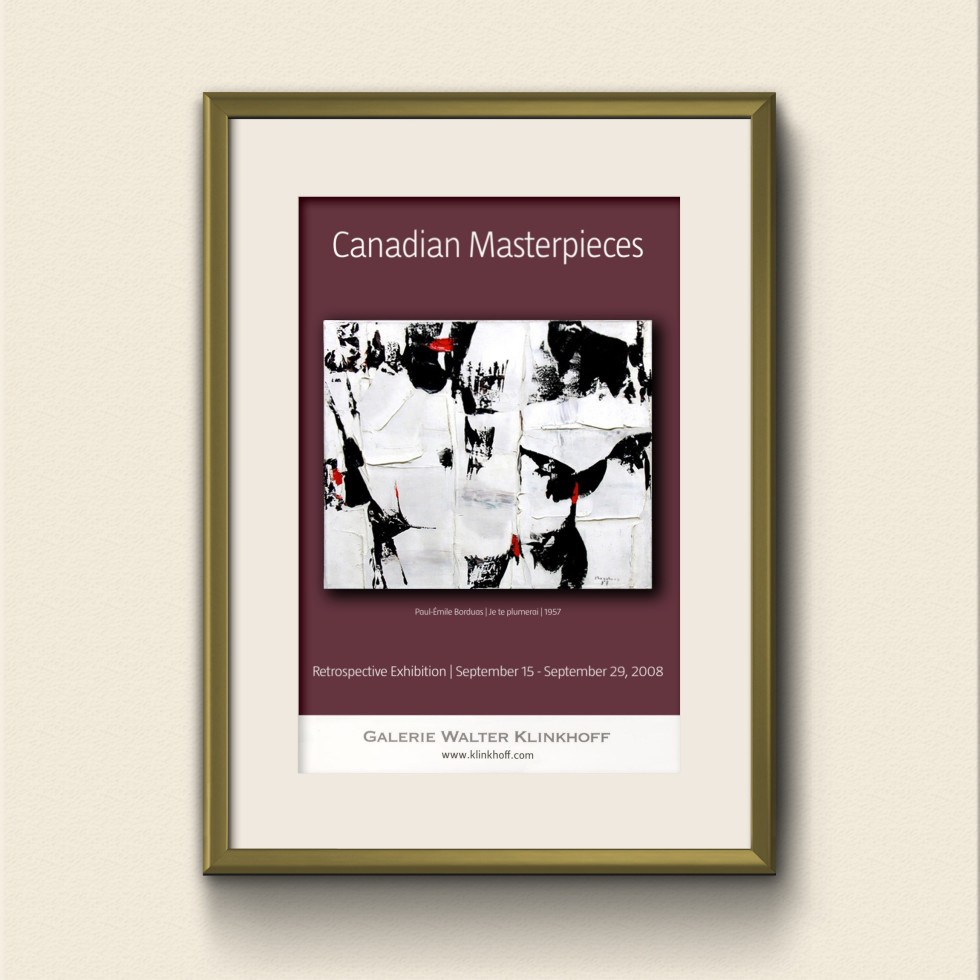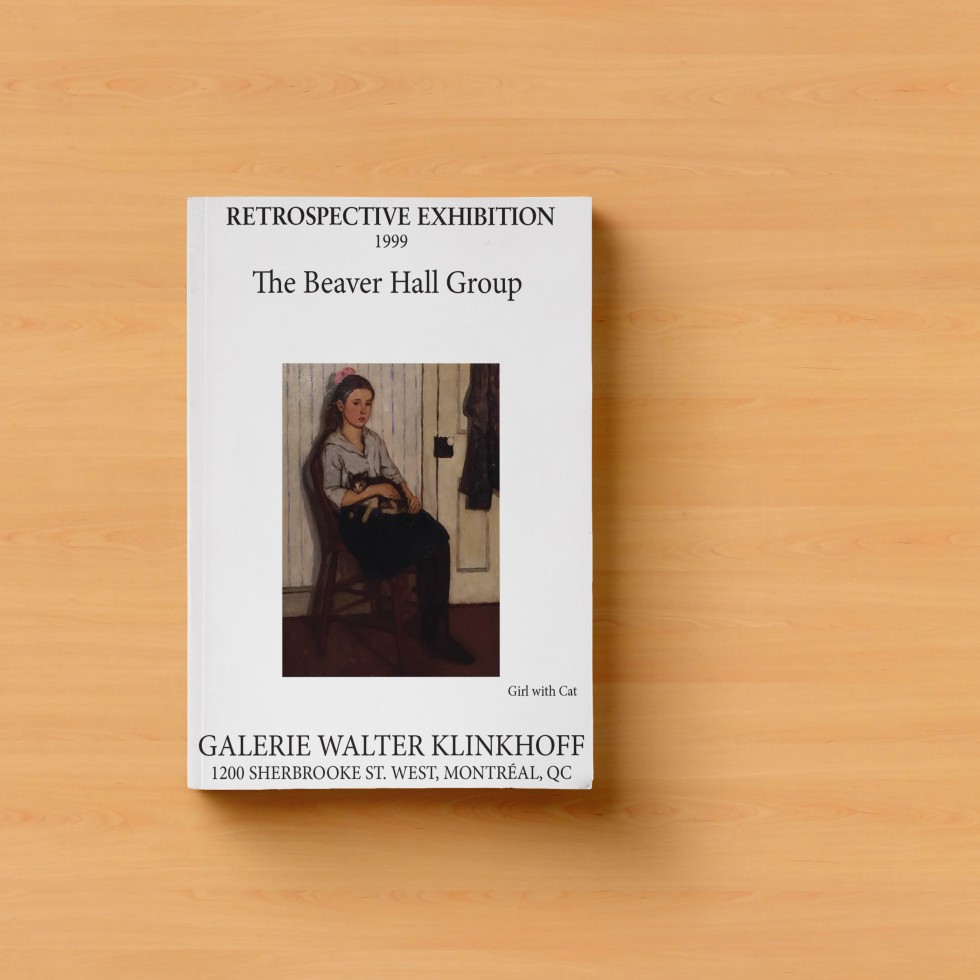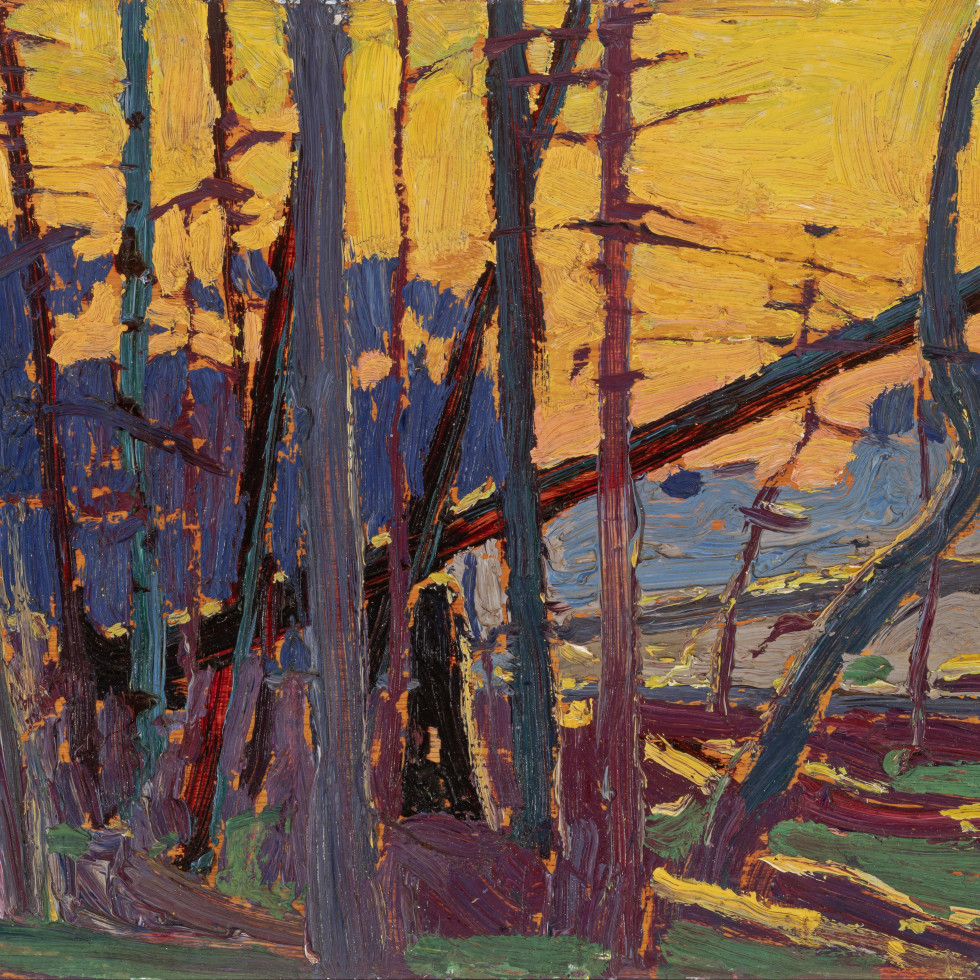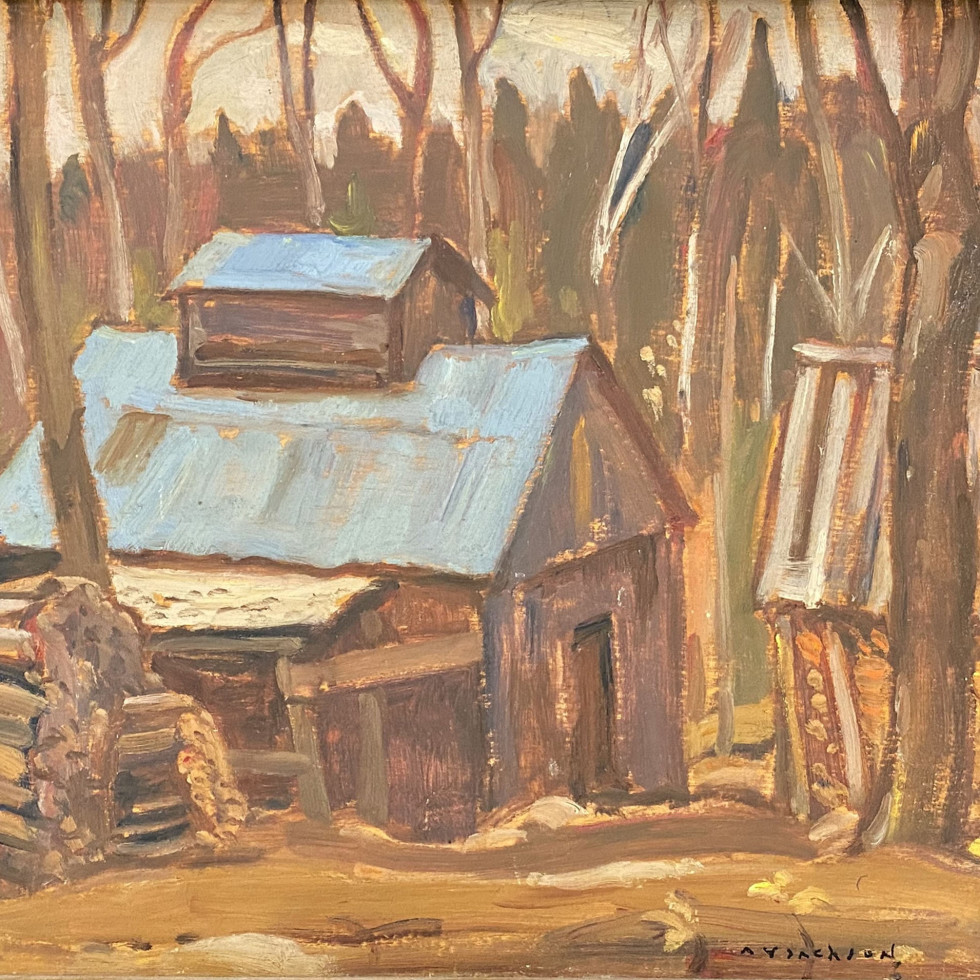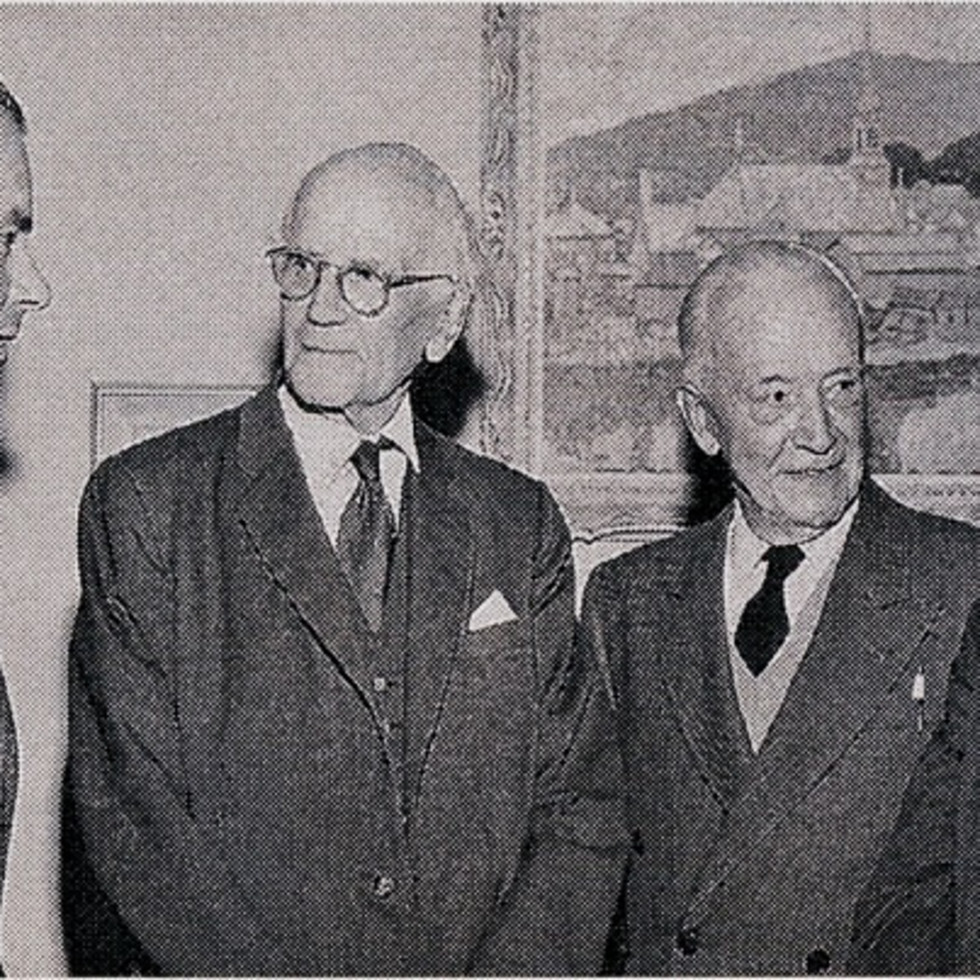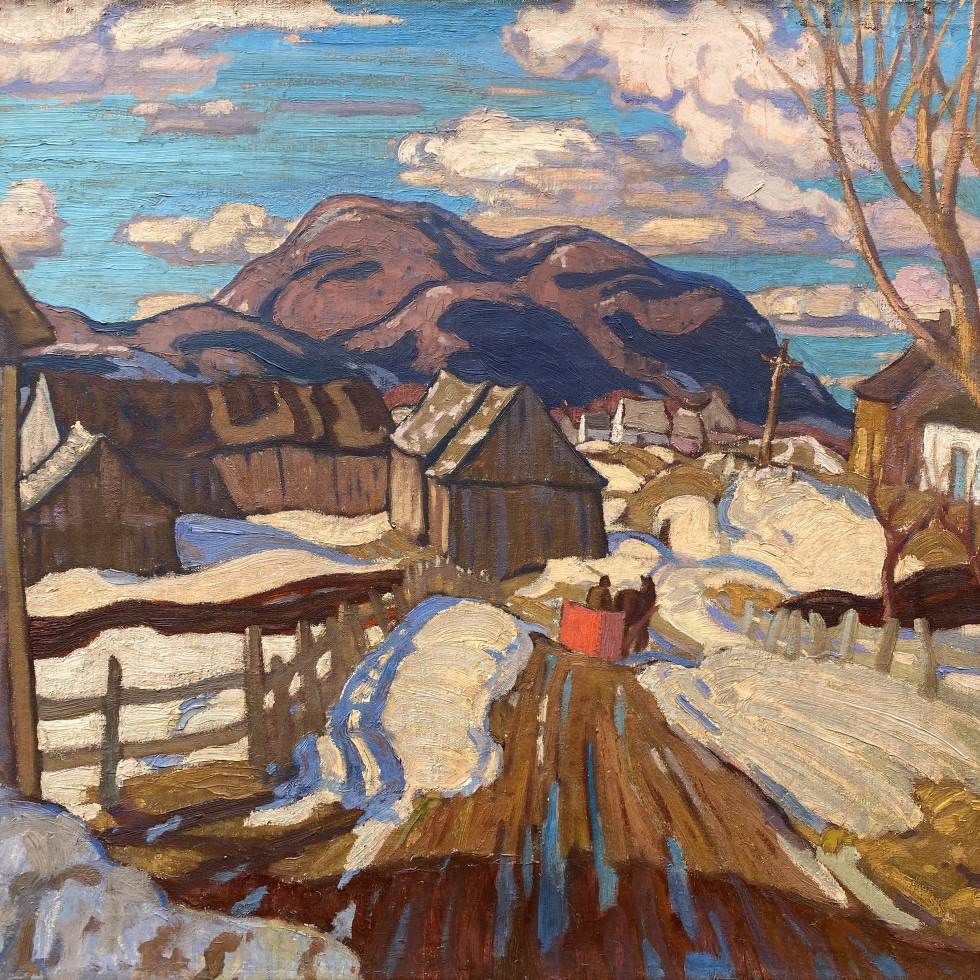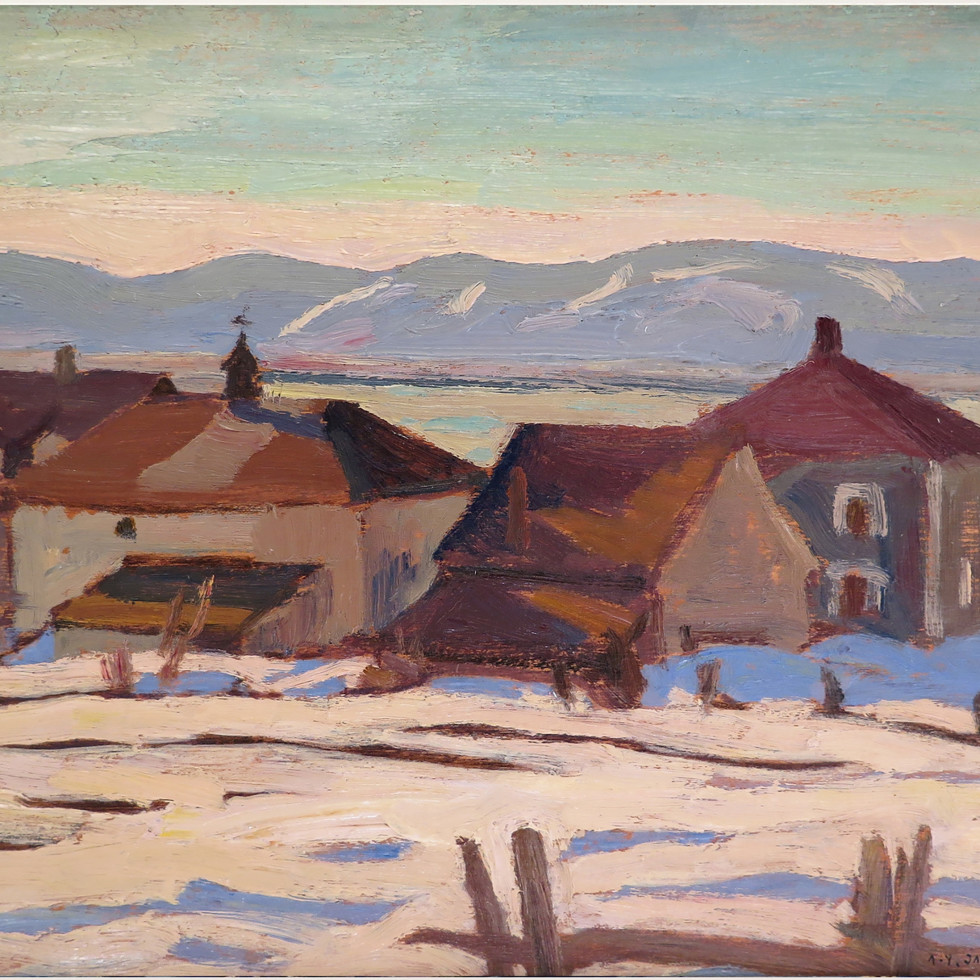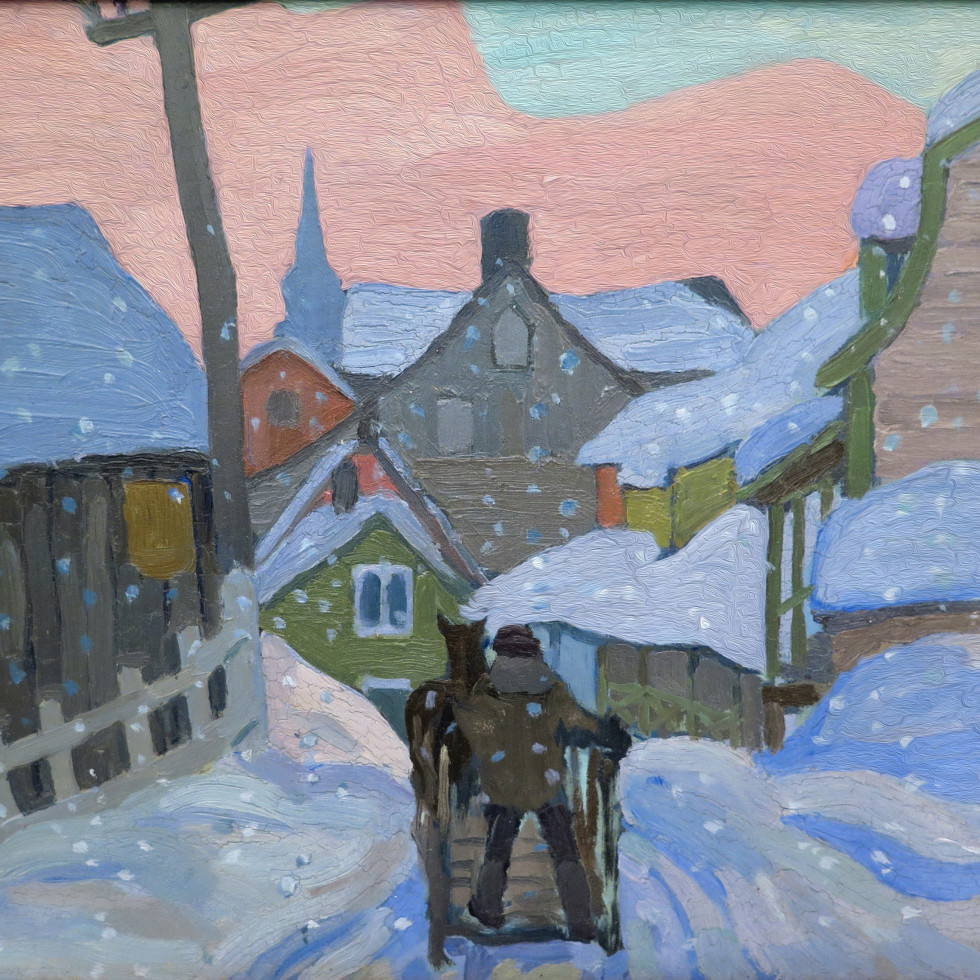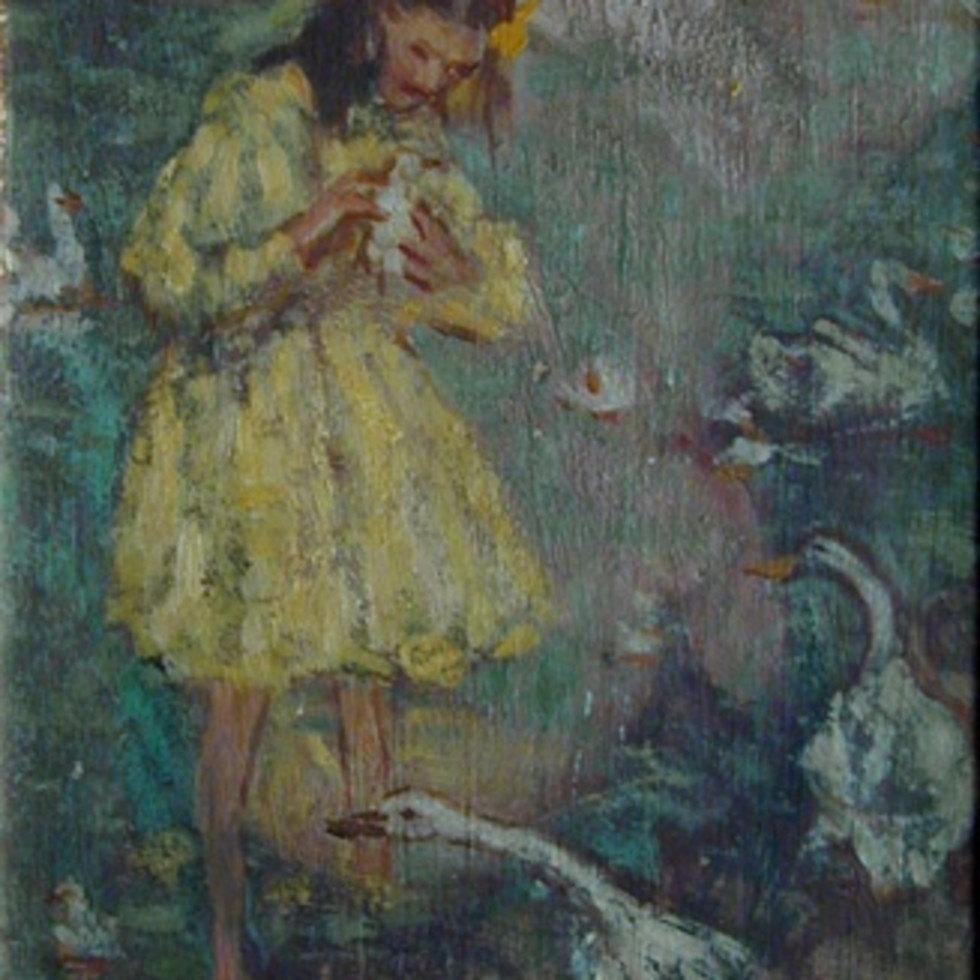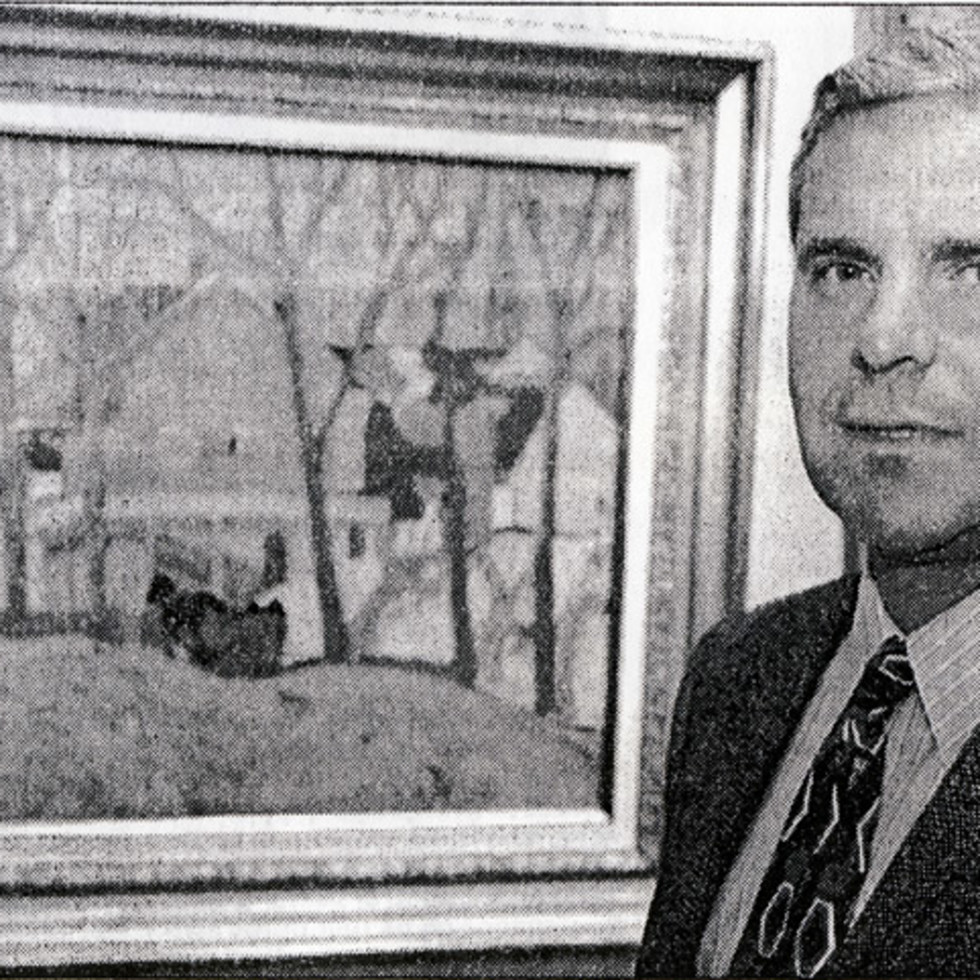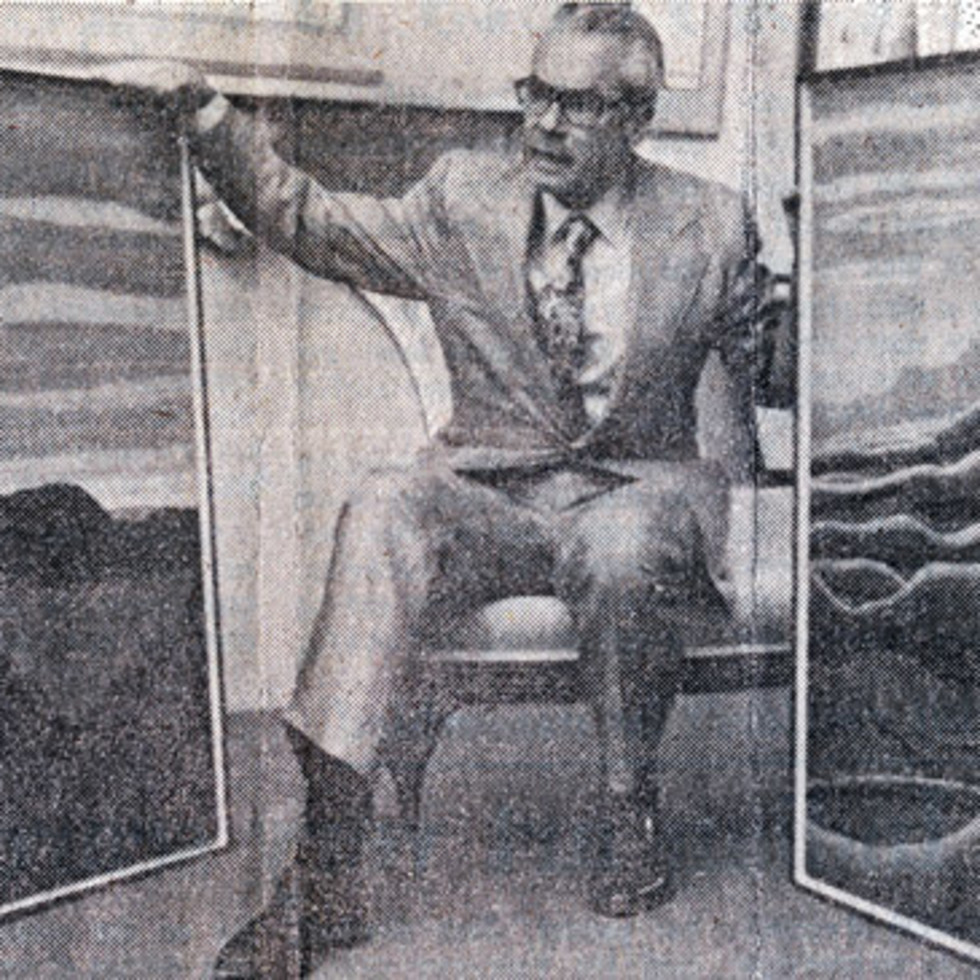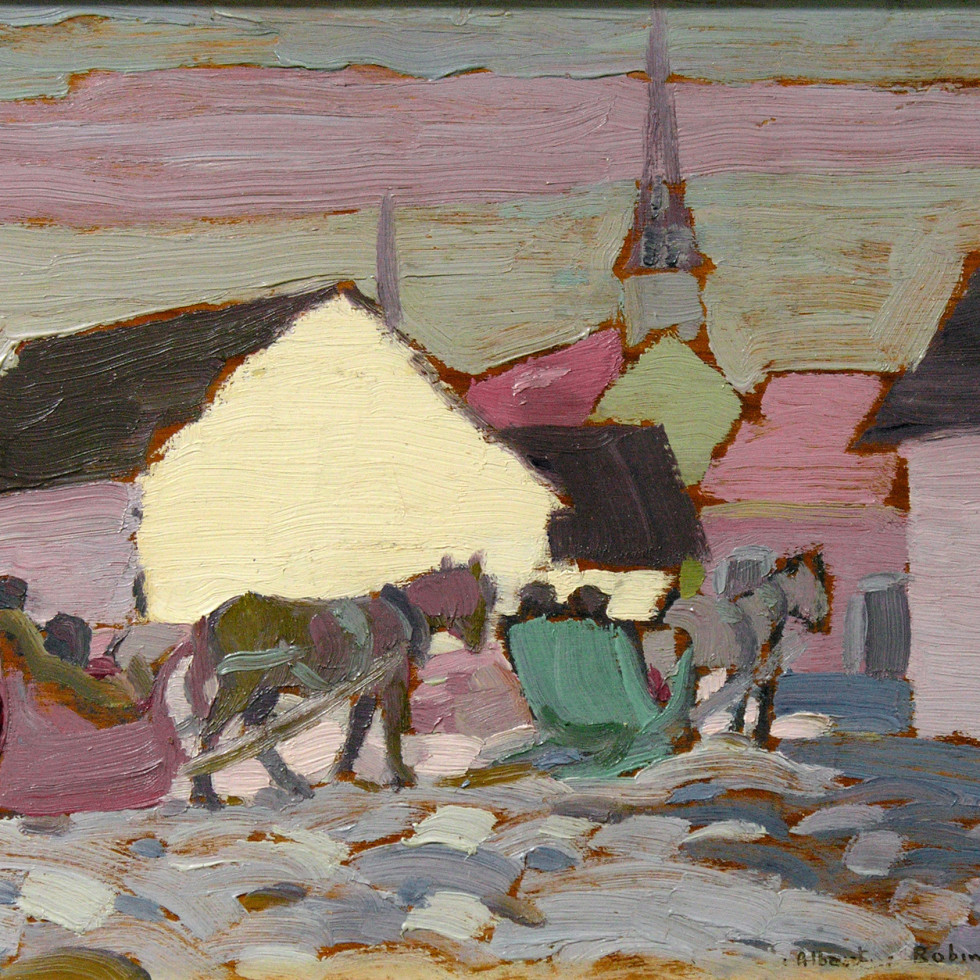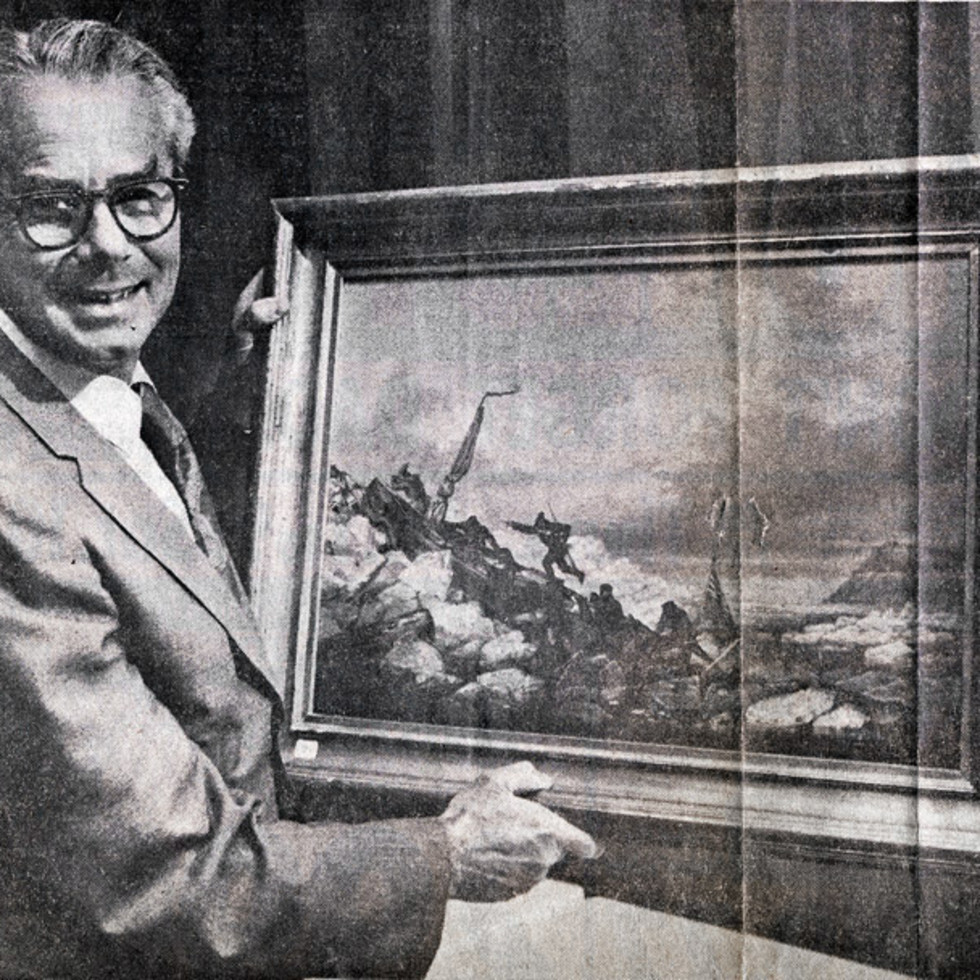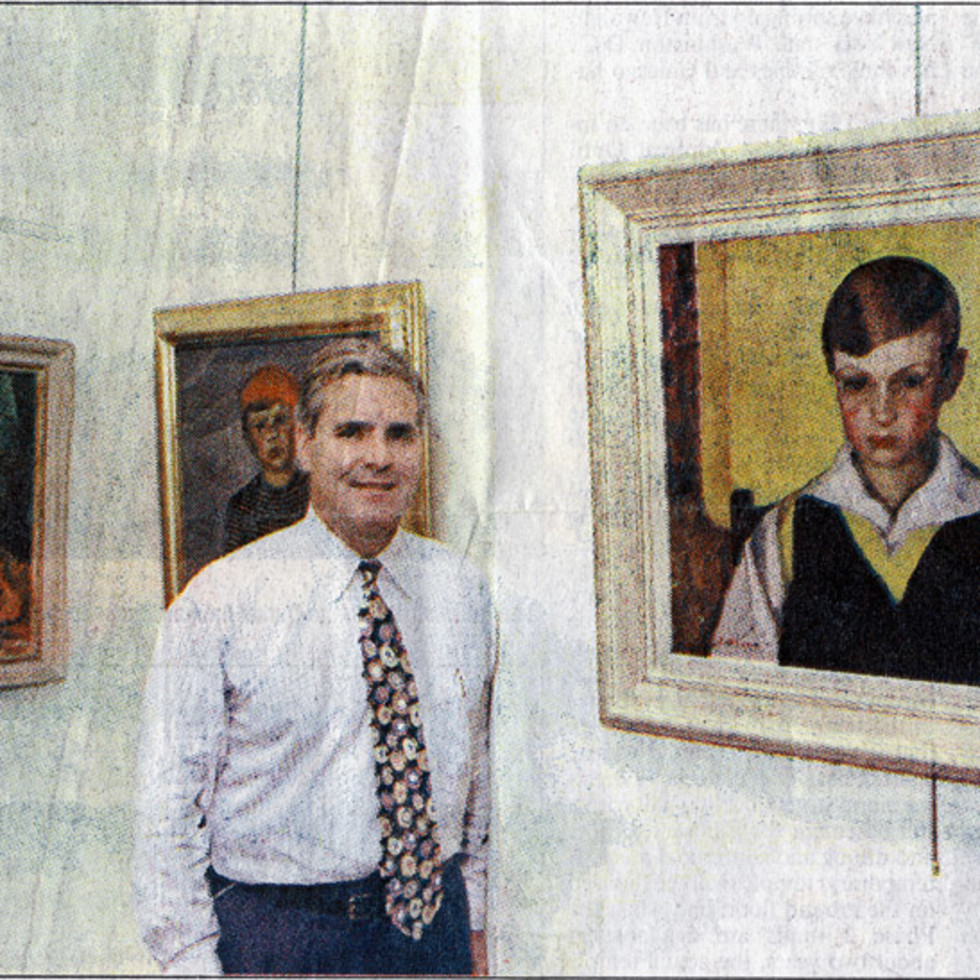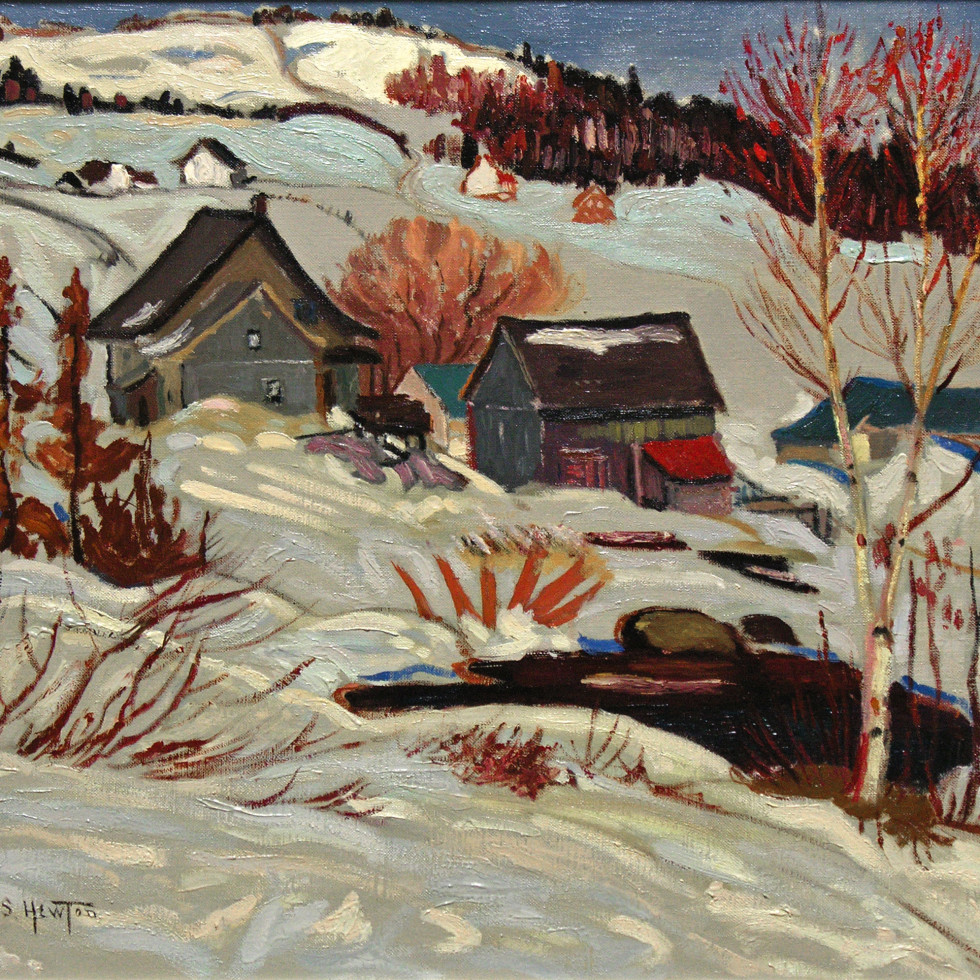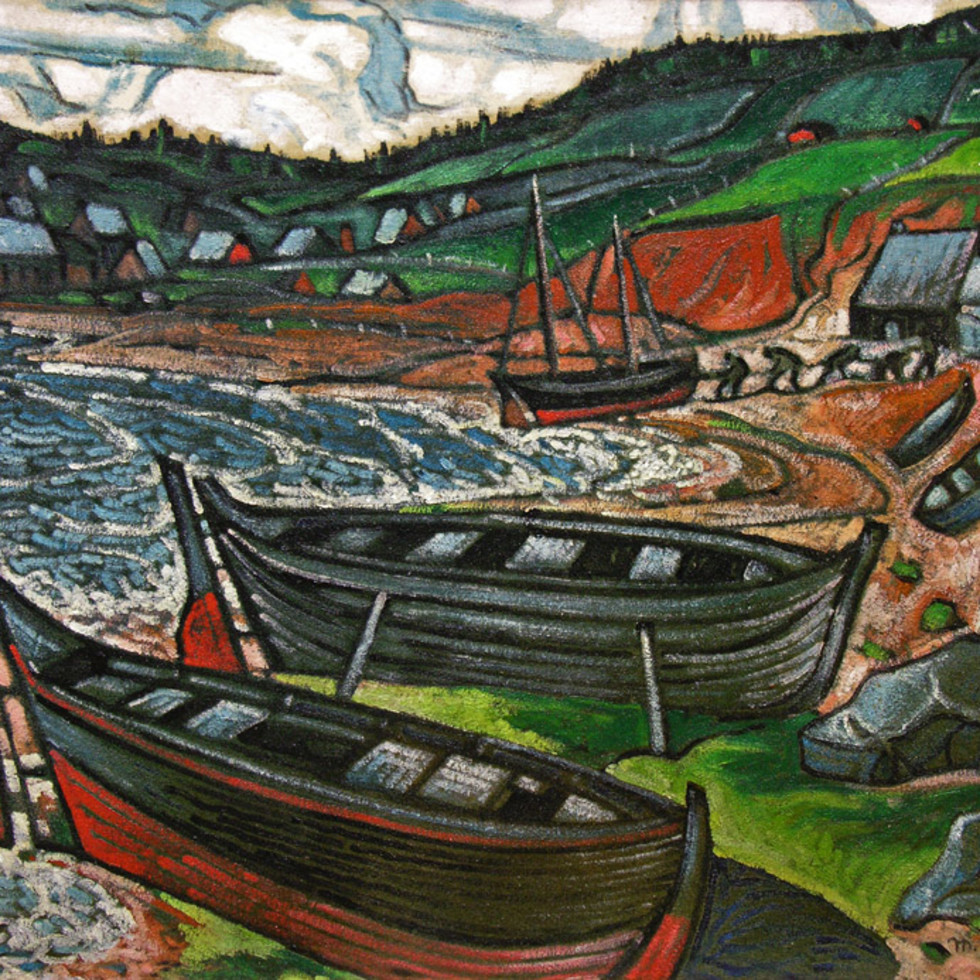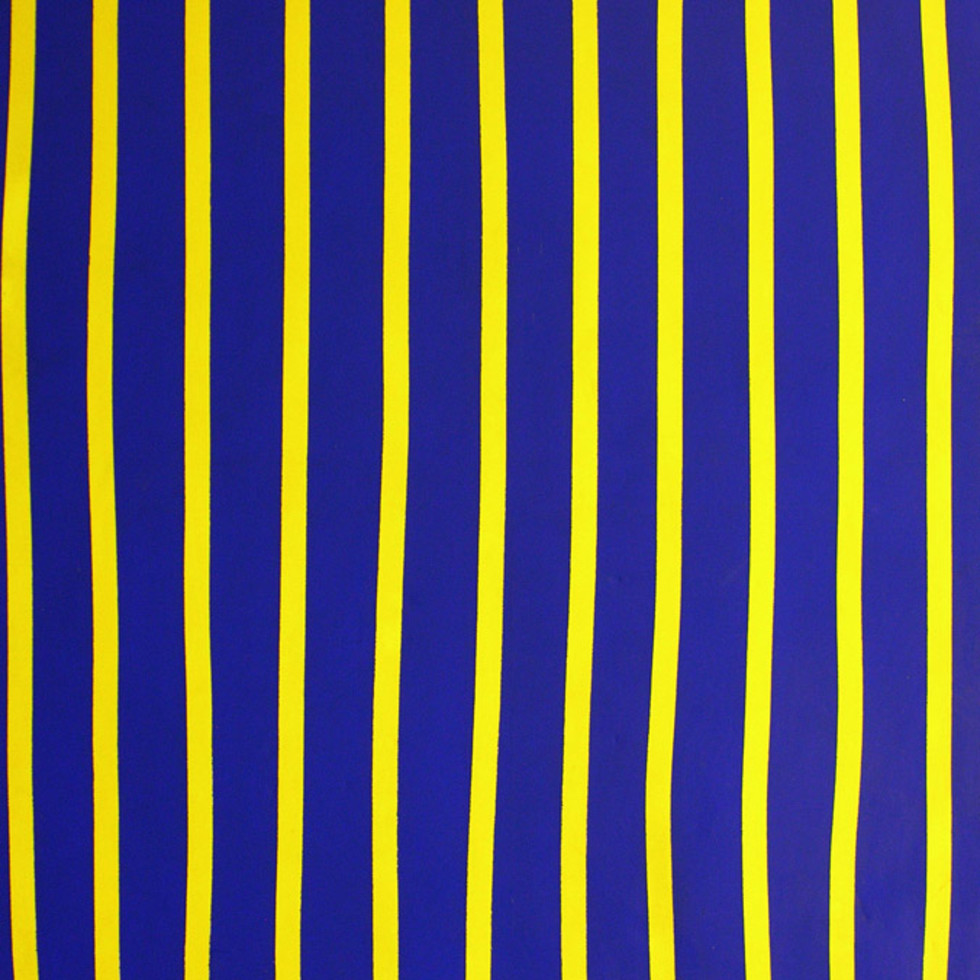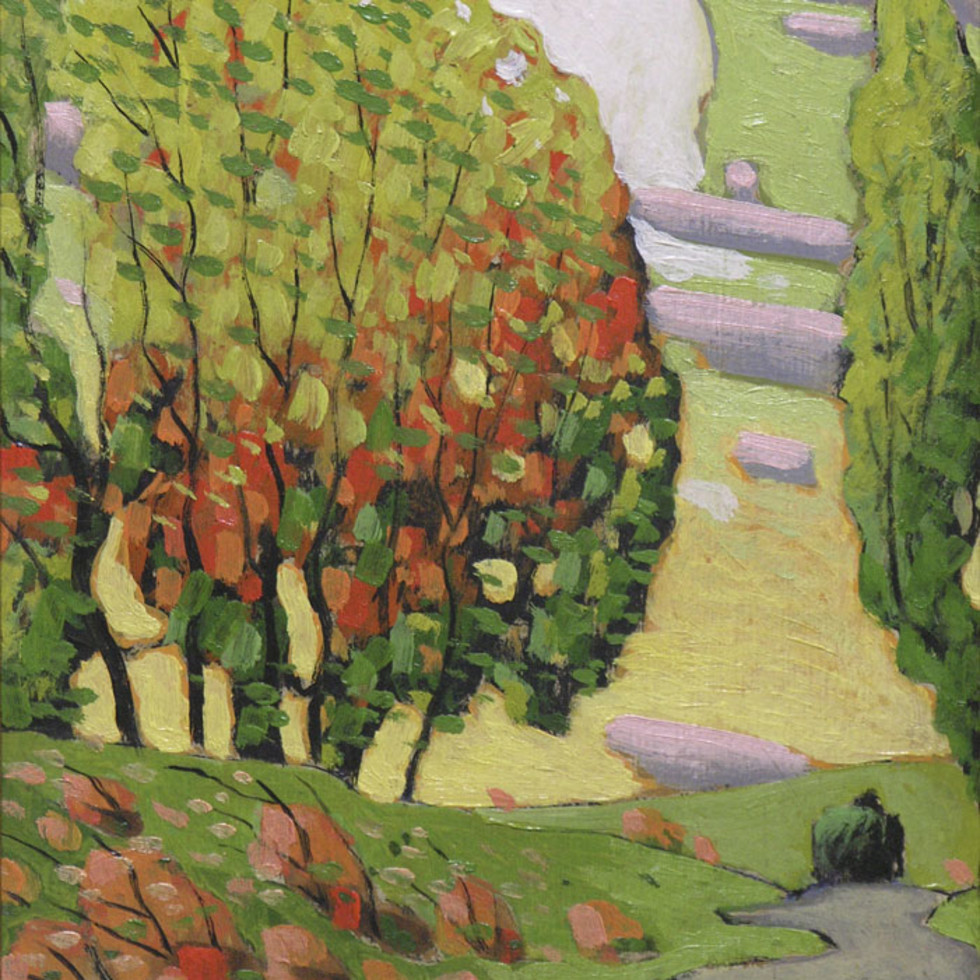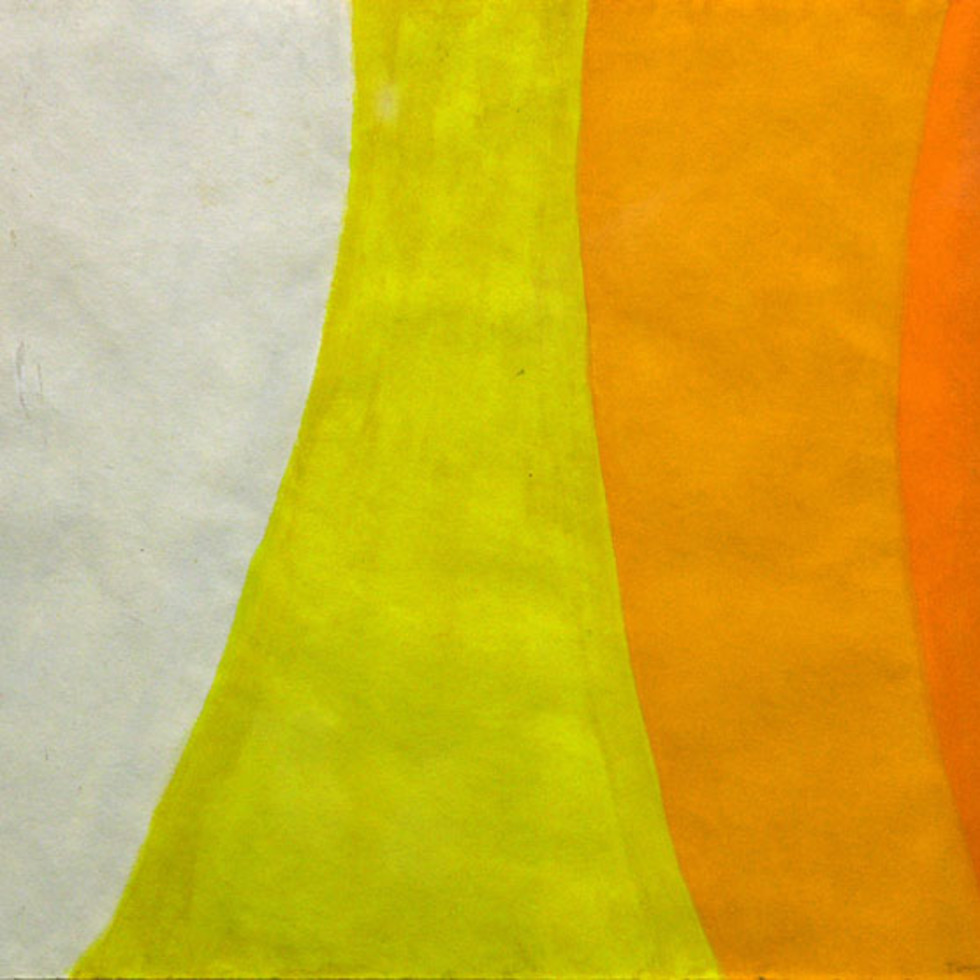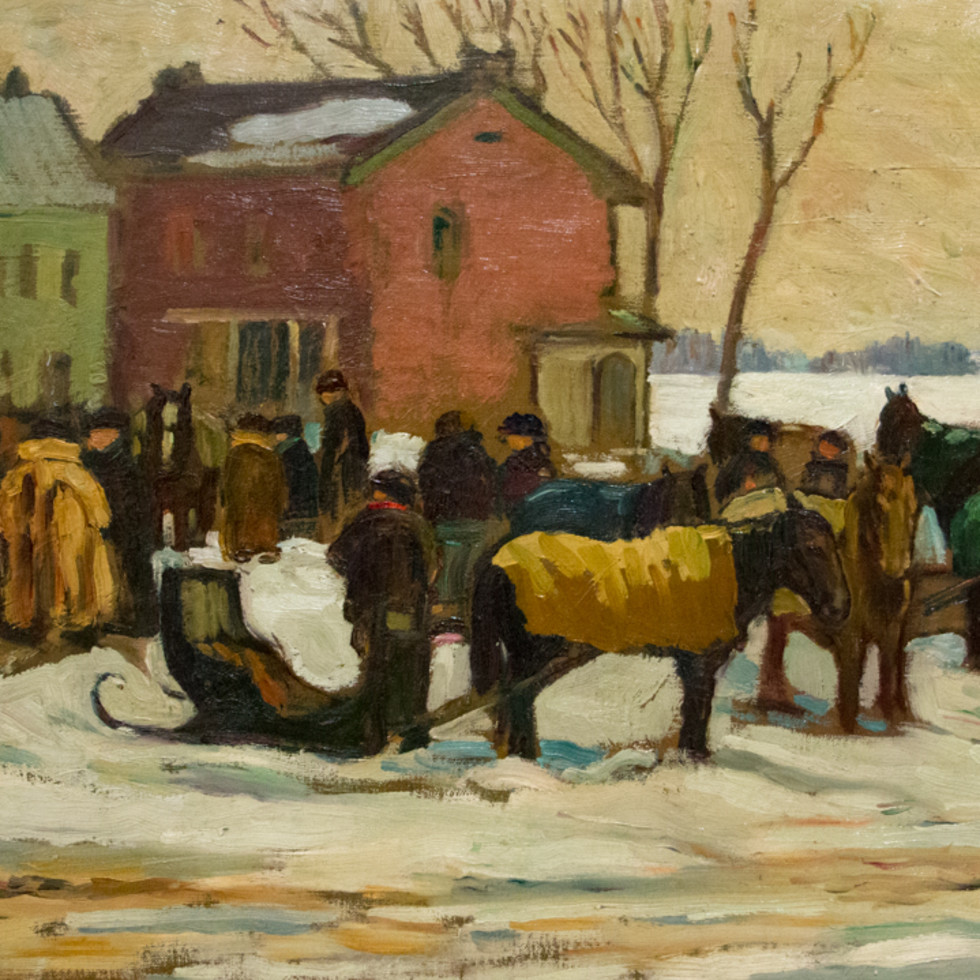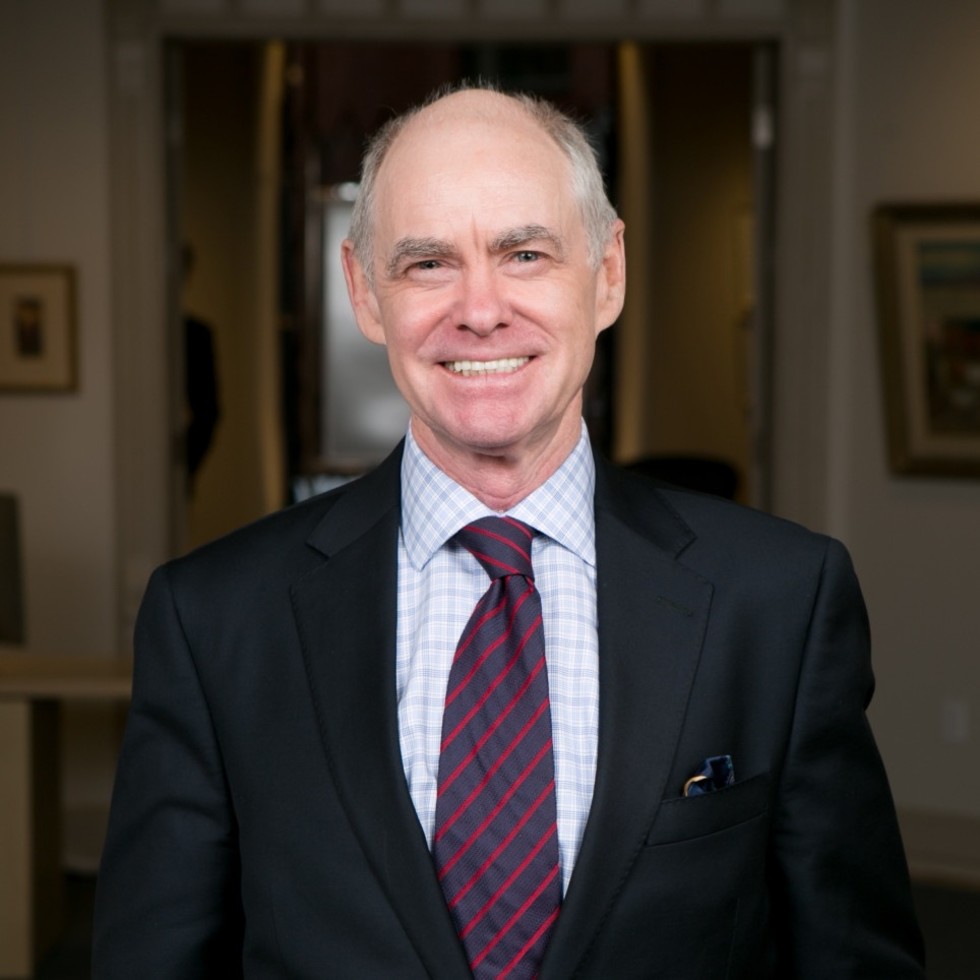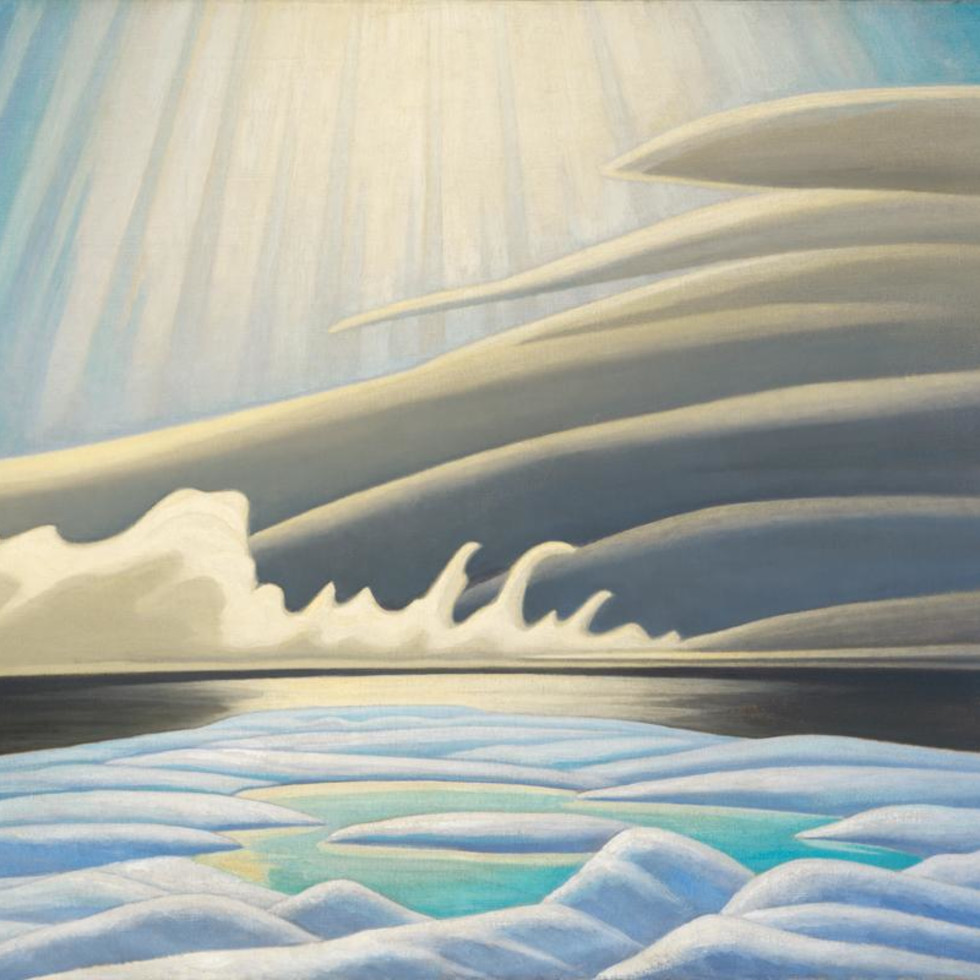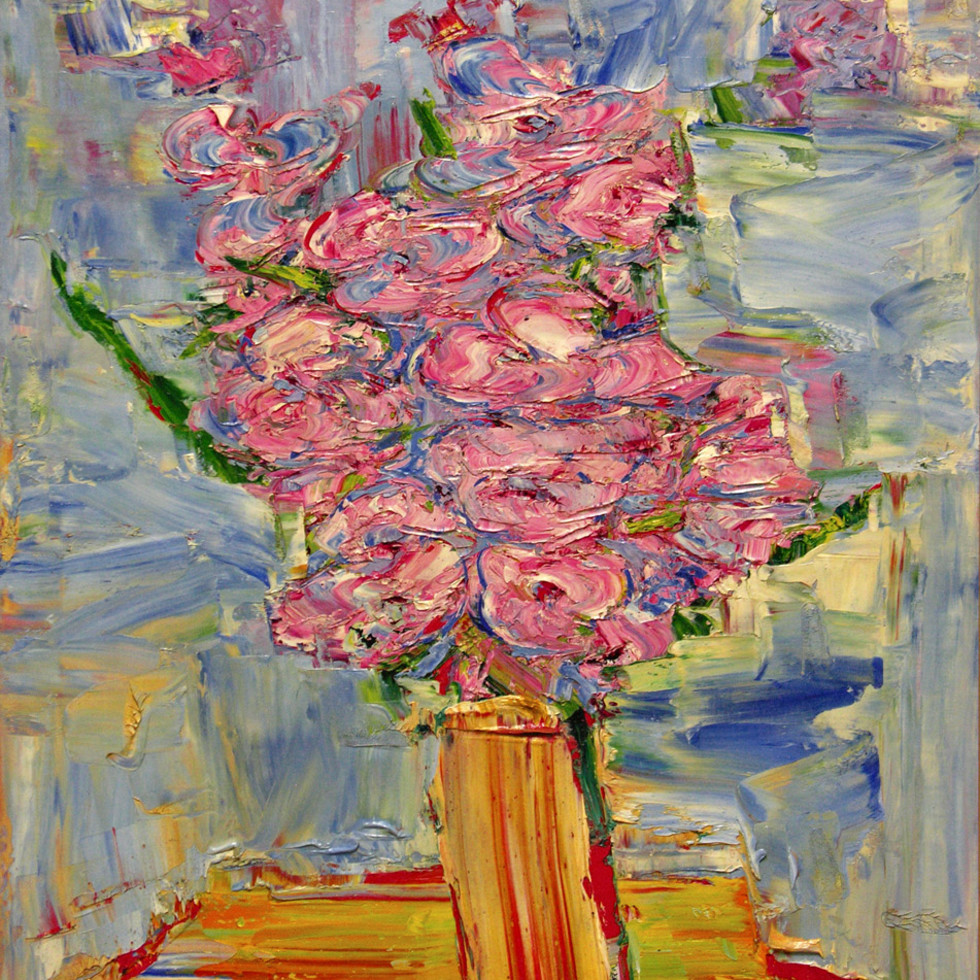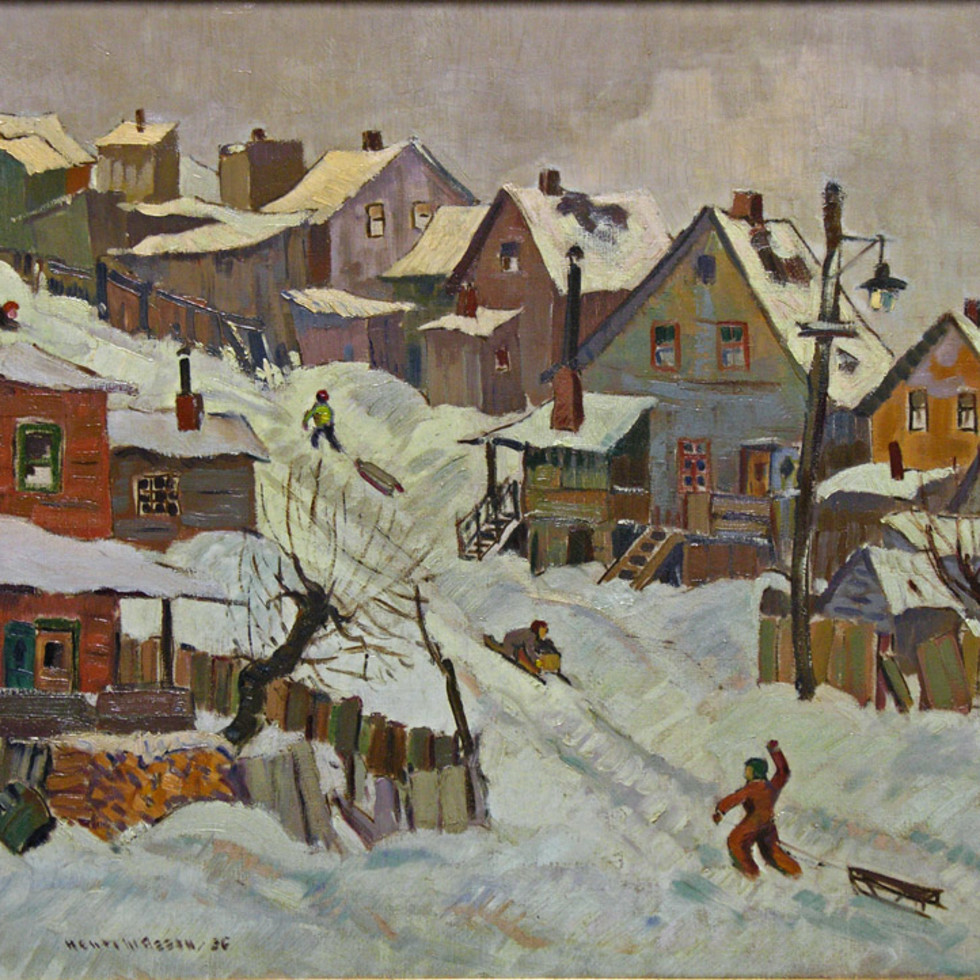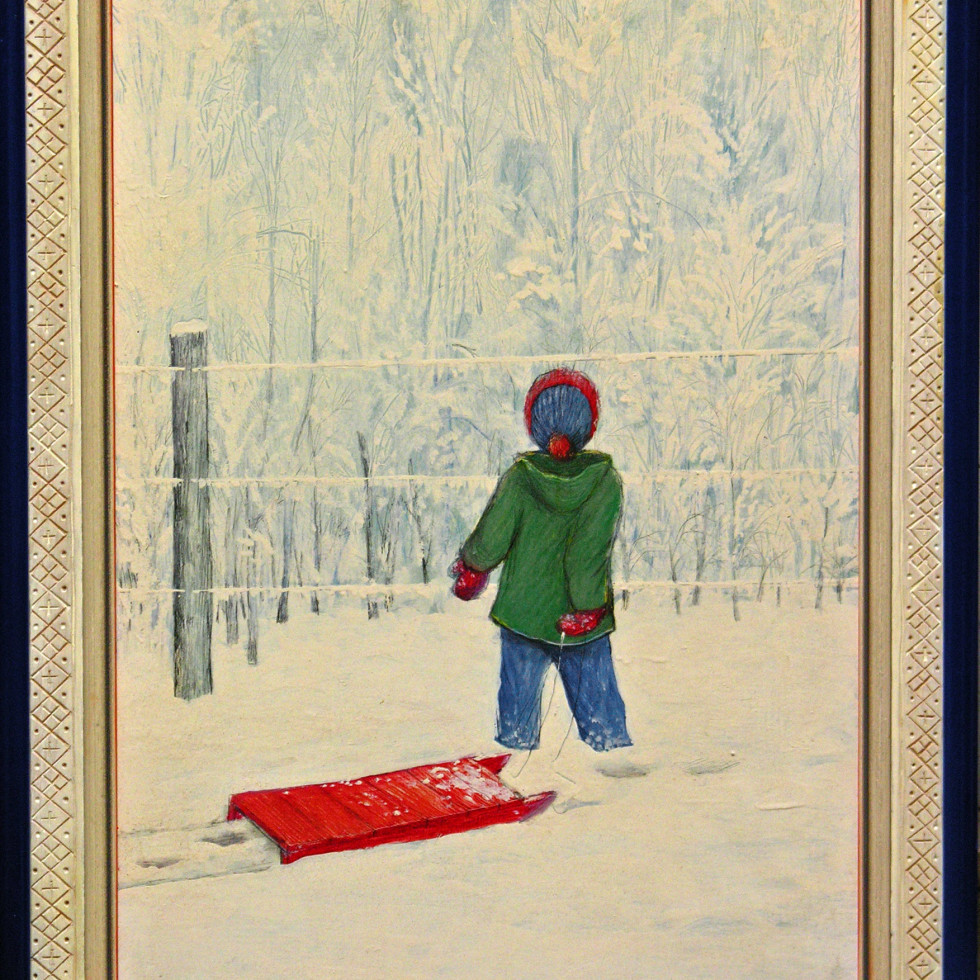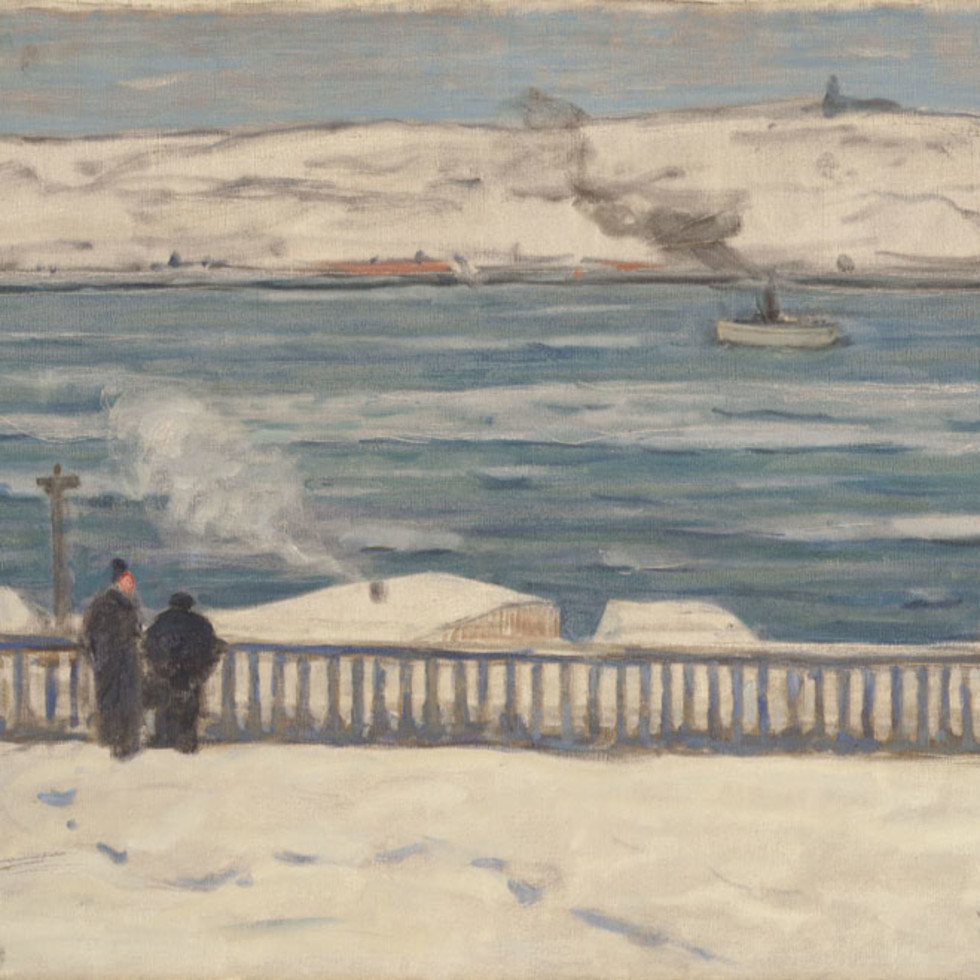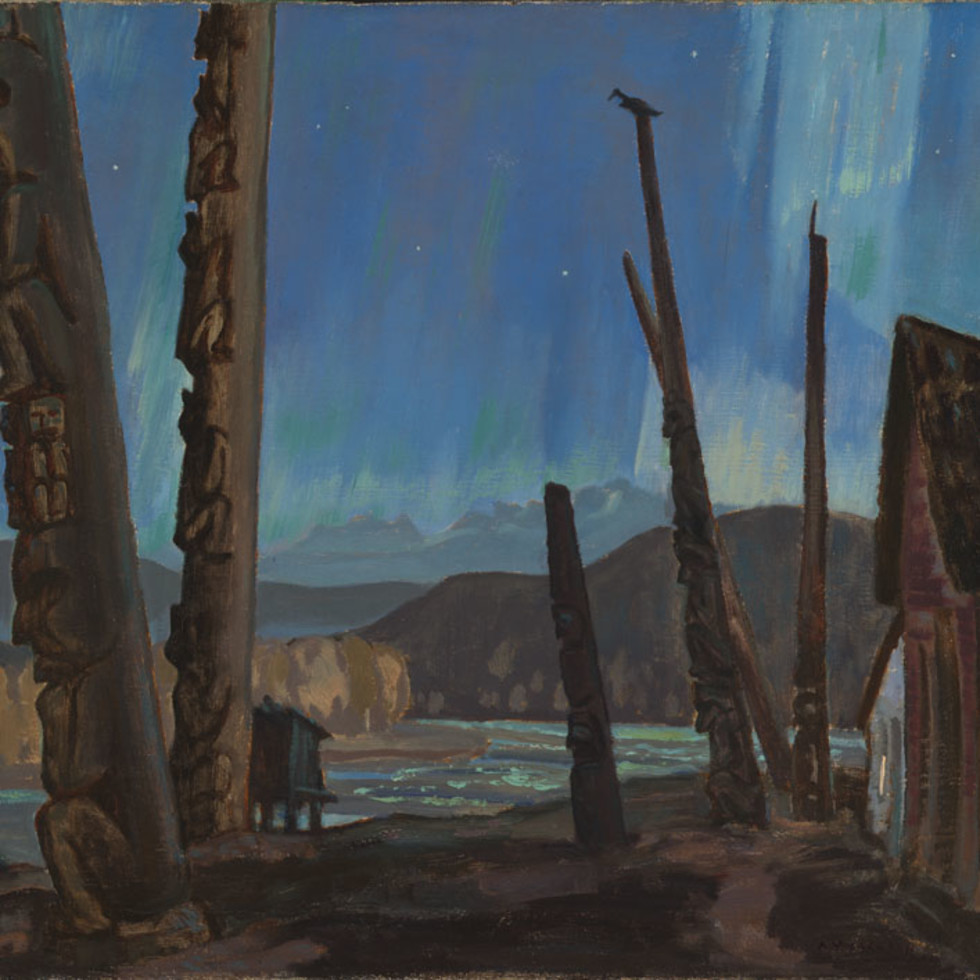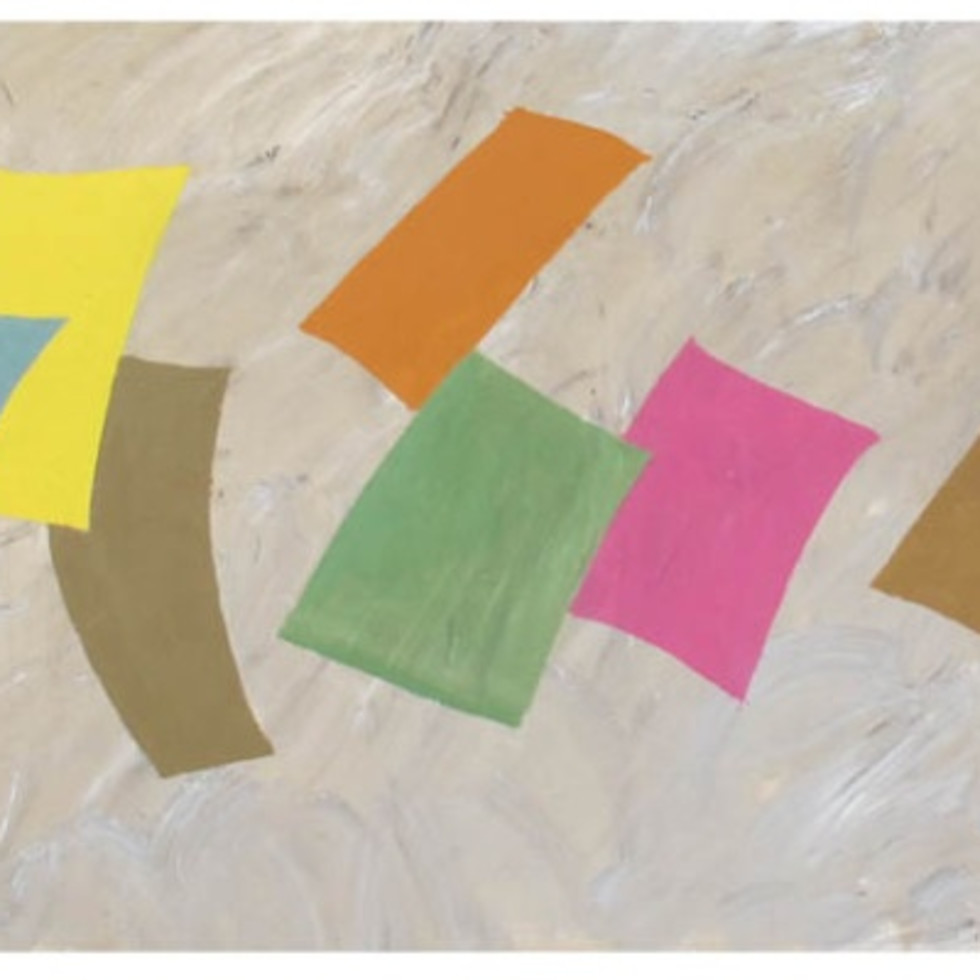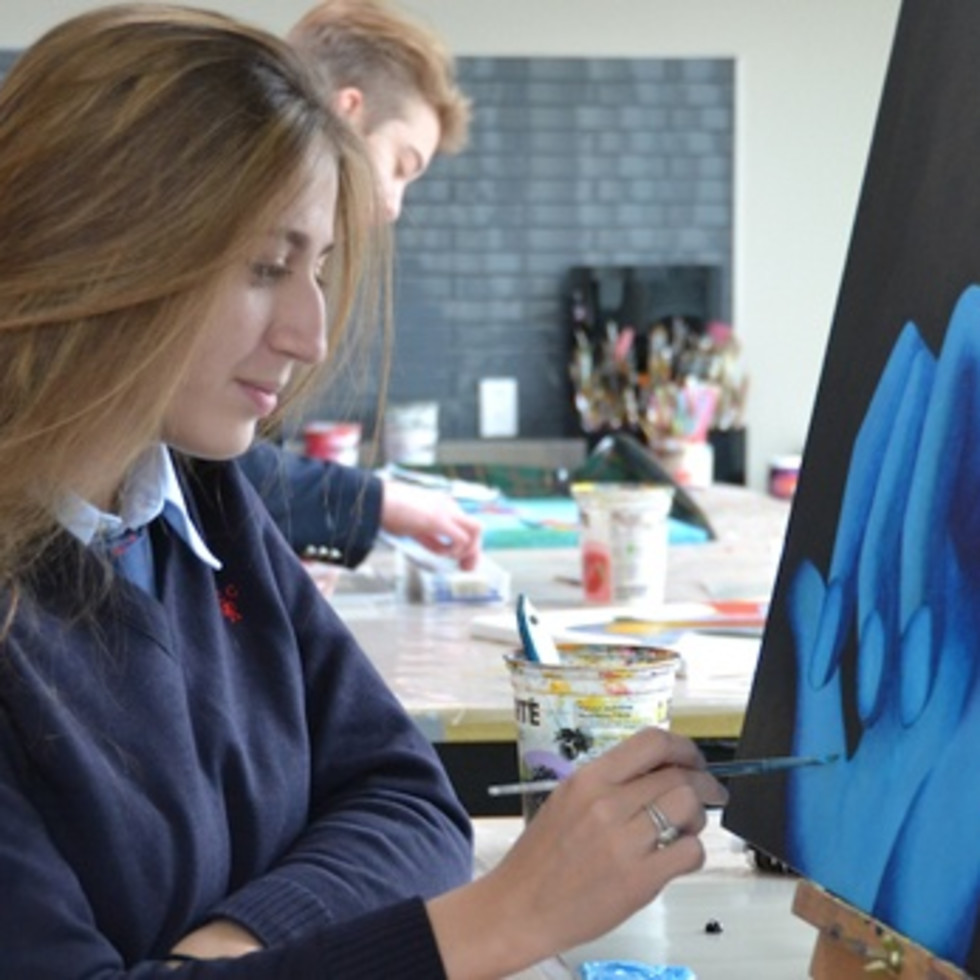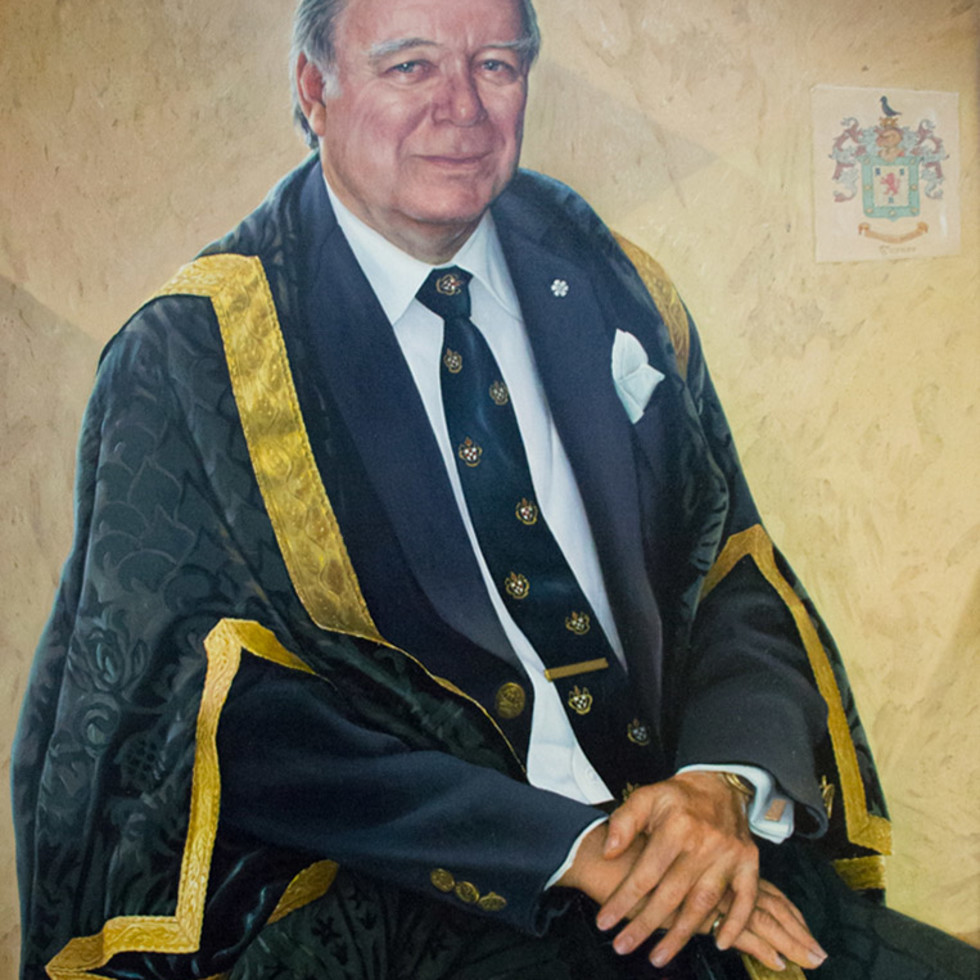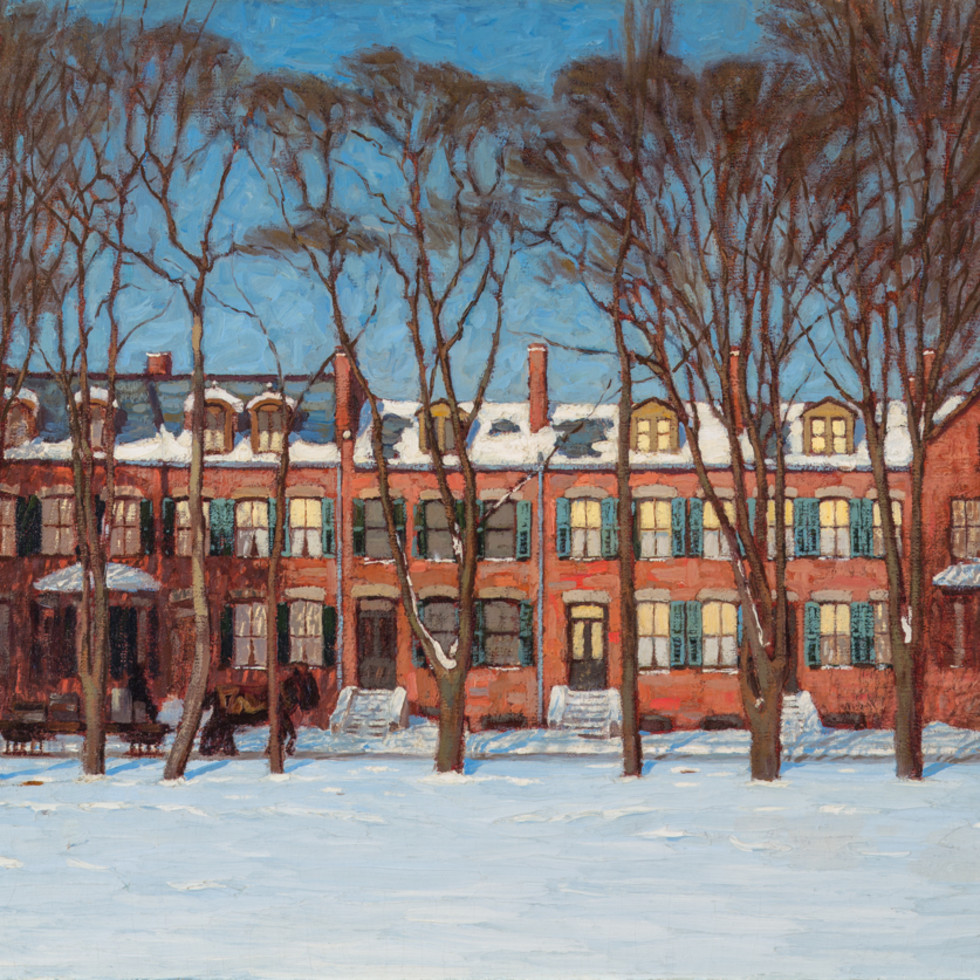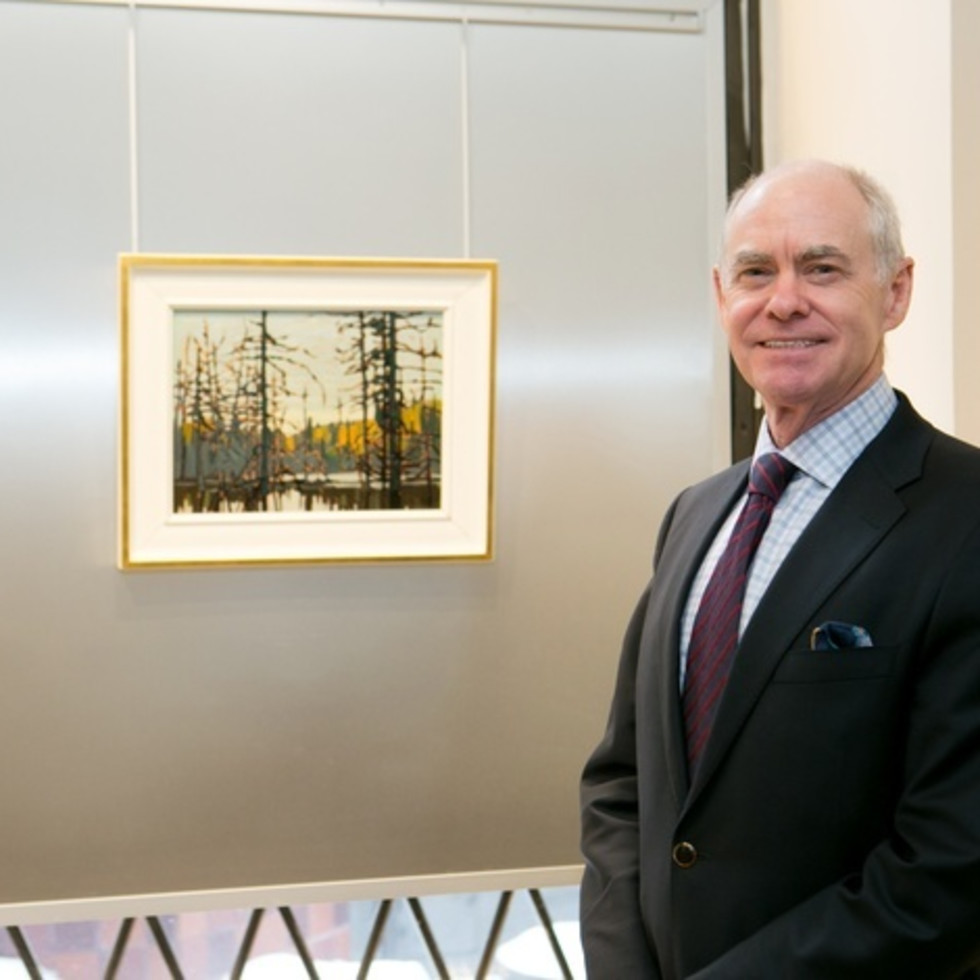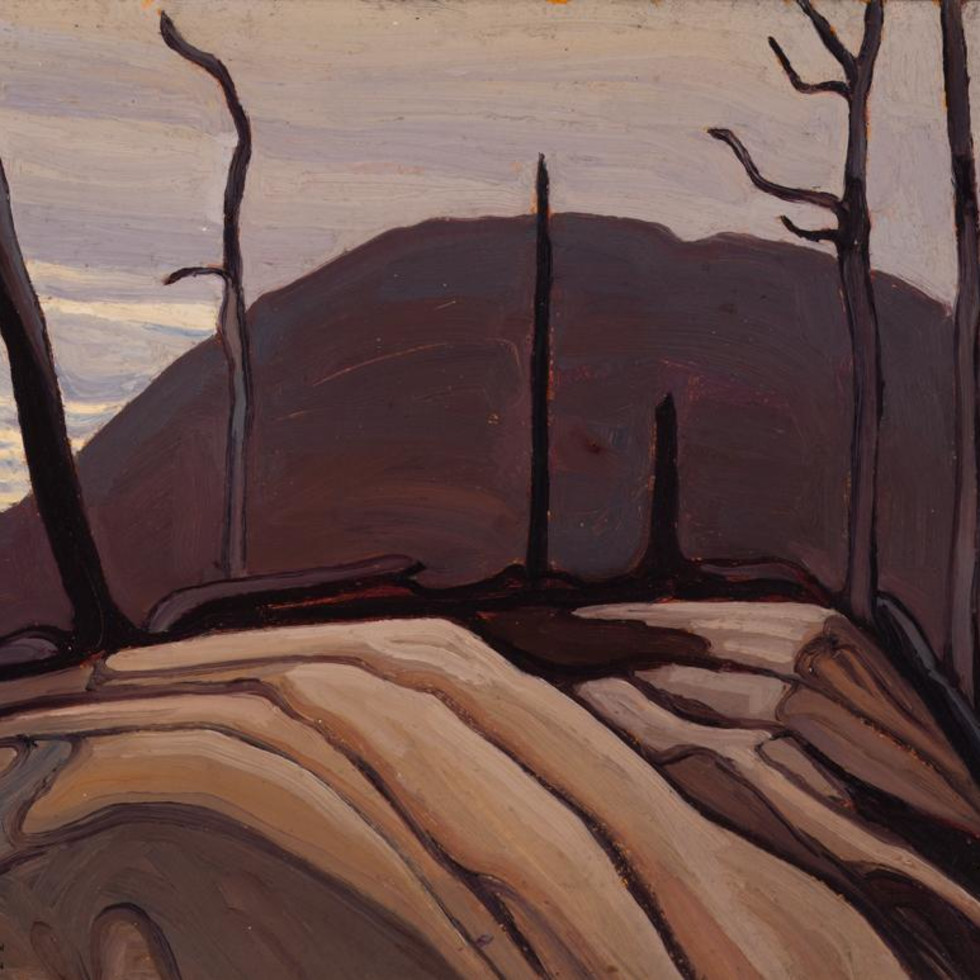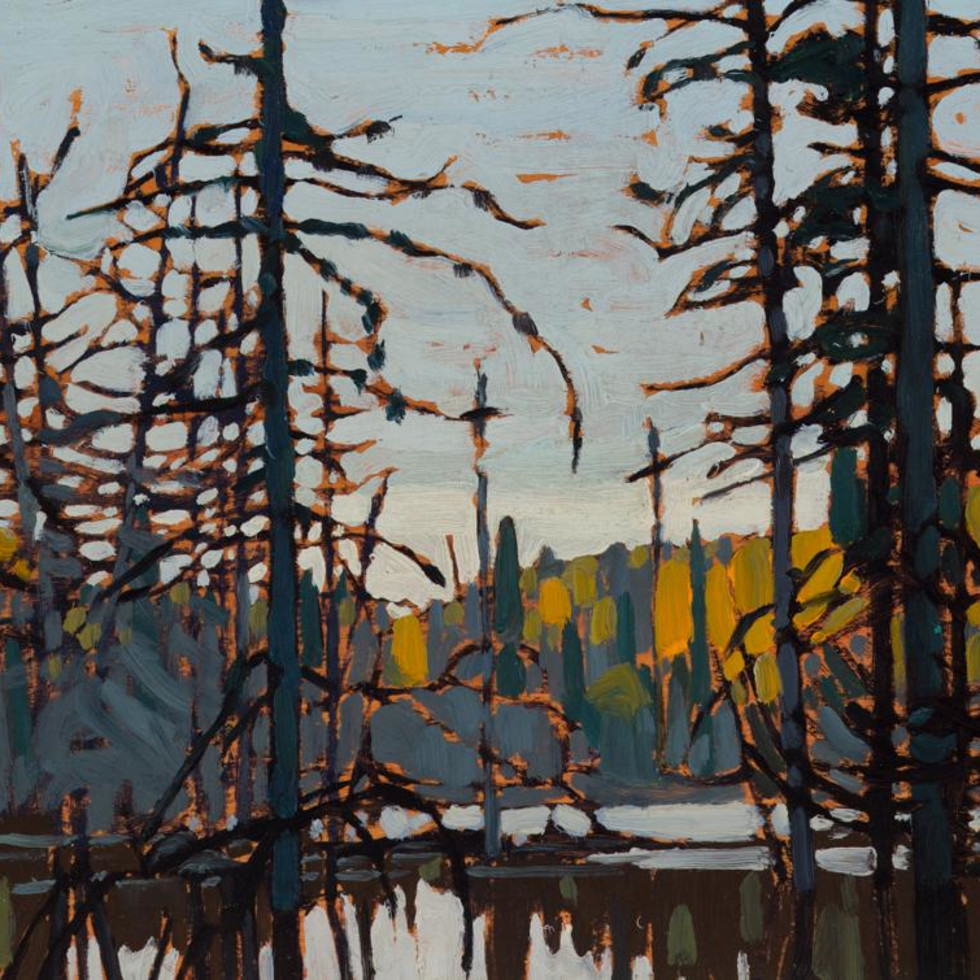A.Y. Jackson
 Jackson was “the real force and inspiration that led us all into a modern conception which suited this country…”
Lawren S. Harris (1955)
Jackson was “the real force and inspiration that led us all into a modern conception which suited this country…”
Lawren S. Harris (1955)
A.Y. Jackson remembered by Walter Klinkhoff
A.Y. Jackson ends his memoirs, A Painter's Country, with his move away from the famous Studio Building that Lawren Harris had built for the use of his artist friends in Toronto. A.Y. built a comfortable little house on a hill at Manotick, a few miles south of Ottawa, close to where his niece, Geneva, was living. That was 1955 and A.Y. was 73-years-old. His life's battles were won.
It was soon after this move to Manotick that I started visiting him more regularly, although my visits were business and not social calls. I often needed information about the location or the approximate period of sketches or canvases. A.Y. also signed sketches for me, which particularly in the early days he had frequently neglected to sign. In those days he had almost total recall about his work. He knew where he painted, who had been with him, and very closely the year. He loved to see his early sketches and often asked to borrow them to paint a canvas from a sketch he had never "painted up." Of course, I always wanted to buy his sketches and arranged my appointments by telephone in such a way that I would see him right after his return from a sketching trip. Several other people competed with me in this endeavor and this caused A.Y. to chuckle and recall the old days when he had in his studio everything he had ever painted and people were buying pictures of Highland cattle or Dutch pastures, but nothing Canadian.
A.Y. was at the time still a man of great energy and full of enthusiasm. Arriving early one day for an appointment and finding the house locked I sat down to wait and soon saw a man carrying two huge parcels up the hill at a tremendous pace. It looked a little like A.Y. but I said to myself that this must surely be a young man. It turned out to be A.Y. alright and when I told him why I had ruled out this possibility he said he was just a young fellow anyway. He had been shopping for groceries. He loved to paint, of course, and kept to his regular schedule of sketching trips and painting in the studio. It was obvious that he had to paint just as he had to breathe. One soon realized the extraordinary qualities of character of the man. Invariably kind, he possessed subtle humor. He was generous in every action and every expression and he was uninterested in money for himself. He was above anything, never petty or mean; he was a personality of strength and charm, a gentleman, a truly great Canadian.
At Manotick, and later in his studio on MacLaren Street in Ottawa, he would have his new sketches sitting on the mantelpiece and would tell me how many I could have. Because of the considerable differences in our ages I always called him Dr. Jackson and he kept calling me Mr. Klinkhoff. After I had inspected and admired the sketches, of which there might be a dozen, he would say, "well, Mr. Klinkhoff, I have reserved three for you." It would be quite useless to argue - all one could say was, "thank you very much." His price was very much too low, of course. At first it was $75. Later he would accept $100. Even in the late 50s the sketches and canvases did not command high prices and were not easy to sell. But also later when they were more accepted and when I was asking $300 and told him so, he would refuse to accept more money for himself. "Do what you like" he would say. "I won't accept more money from you than from others; my friends still only pay me $75!" He would keep on saying how he has enough money and does not want or need more.
About other artists, he would never say anything unkind, except perhaps expressing wonder how people could want to dream up compositions in a studio rather than be inspired by nature and particularly the Canadian landscape. He could find several lifetimes' inspiration there. Horne Russell was not a favorite of his, for reasons which he explains in his memoirs. Russell was President of the Royal Canadian Academy during the formative years of the Group of Seven. During the hanging of the Academy Exhibitions he would ask A.Y., "should I hang my painting in the center of this wall or the center of the other?" A.Y. had his "skied" in some corner. In 1955, A.Y. chuckled about it.
A rival dealer in Montreal, also wanting sketches, of course, never seemed to quite understand A.Y.'s motivations. He kept bringing up the question of making a contract and taking all the work. No one could get the pictures cheaply and he would get much more money. A.Y. laughed. During the winter A.Y. would quite often paint canvases for me. These he found "work." The sketches were fun to paint. He felt he should give them away, not even take money for them!
I had been attending the climbing camps of the Alpine Club of Canada in the Rockies quite regularly in the summer and often met and climbed with Col. Pat Baird, a geography professor at McGill and head of the Canadian Arctic Institute. He was a keen and experienced mountain climber and we often shared a tent in the Rockies. His particular interest was Baffin Island, which he had visited studying glaciers and where he had done some climbing. The mountains rise 6,000 ft. right from sea level, big mountains by any standard, good for rock climbing and there were first ascents to be made everywhere. British and Italian parties were climbing every summer and Pat wanted Canadians to make some of the first ascents. He wanted to lead a party under the auspices of the Alpine Club of Canada and wanted me to come. I must have mentioned this to A.Y., who immediately expressed an interest to be taken along. He wanted to paint on Baffin Island again and this would make it possible for him to do so from a base camp. I promised to try and make the arrangements.
When I spoke to A.Y. of my climbing in the Rockies he would always reminisce about his trips with Harris and about sleeping on boughs outdoors without a tent, sometimes in pouring rain. He recalled the heavy packs of panels and paint tubes they carried and the Park Ranger in the Tonquin Valley who did not invite them in out of the rain until he learned that Harris was also a Theosophist! A.Y. preferred painting in the foothills rather than getting too close to the mountains. "Jim" MacDonald had done it all and he (AY) could not do it as well, he said.
Pat Baird proceeded to organize the Baffin Island Expedition in 1965 and was delighted to bring A.Y. along. Young doctor, Jim MacDougall, was to be camp doctor and, as a talented amateur painter, he was thrilled to be able to share his tent with A.Y.. It was a disappointment to me that I could not join the Baffin Island Expedition. I had been spending my summers climbing in the Rockies for a good many years and this was the year I had promised to take my family on a tour of several European countries. My children were just the right ages to benefit from this experience and soon they would not want to travel with their parents anymore. I was later told that A.Y. was usually up first making the fire in the cook tent, sketching all day and often late into the Arctic night. Occasionally he would exhibit his sketches in his tent and allow members of the expedition to put their names on any they wished to buy for $75. This would pay for his air fare, he said. Before dispersing the sketches he wanted them to be exhibited as a group and asked me if I would have this show in my gallery. Needless to say, I was delighted and considered it an honour. The prestige of this show would amply repay me for the effort and expenses. A.Y. was most concerned about my having a show with nothing available for sale. He insisted on painting a number of small canvases, which he would allow me to buy and this he hoped would compensate me. It was typical of the man who was, in fact, doing me a favour, to go even further to make quite certain that he was not taking advantage of anyone. Some of the canvases I later sold, while three of the nicest ones I kept to give one each to my children. After the show, we shipped the sketches to the members of the climbing party who had claimed them, suggesting that they send cheques to A.Y. for $75. After several months a few cheques had not been received. I asked A.Y. if I could send a reminder. "Forget it," he said.
Geneva Jackson had accompanied her uncle to Baffin Island. Some years later Pat Baird and Geneva were married.
The Board of Trade in Toronto wanted a large canvas. I had shown A.Y. a sketch, which was of the Georgian Bay area and which he wanted to use for this canvas. I had sold the sketch but the owner agreed to lend it for the purpose I had explained to him. The canvas was at least 30" x 40" and it took A.Y. a long time to paint and he found the work very hard. Several times he mentioned that he would not attempt another canvas that size. The owner of the sketch became impatient and quite unreasonably troublesome. He wanted his sketch to be returned to him. In this predicament A.Y. painted another slightly larger sketch from the original, which we returned to its owner. The day the canvas was packed by him and shipped, A.Y. suffered a stroke from which he never fully recovered. This must have been about 1969. Unable to look after himself, Bob McMichael arranged to have him live at Kleinburg, which was probably the best solution. He had many old friends in Toronto and could live the rest of his days at the foundation, which was built to perpetuate and honour the memory of the group of artists of which A.Y. had been not only one of the most talented founding members but also their most articulate spokesman. He died at Kleinburg in 1974.
© Copyright Galerie Walter Klinkhoff Inc.
This text is from the A.Y. Jackson Retrospective Exhibition Catalogue, Galerie Walter Klinkhoff, 1990.
AY Jackson Exhibitions at Klinkhoff
AY Jackson, Exhibition of Paintings from Baffin Island Expedition, 1965;
AY Jackson, 17th Annual Retrospective Exhibition, 1990.







